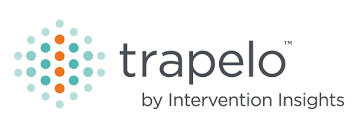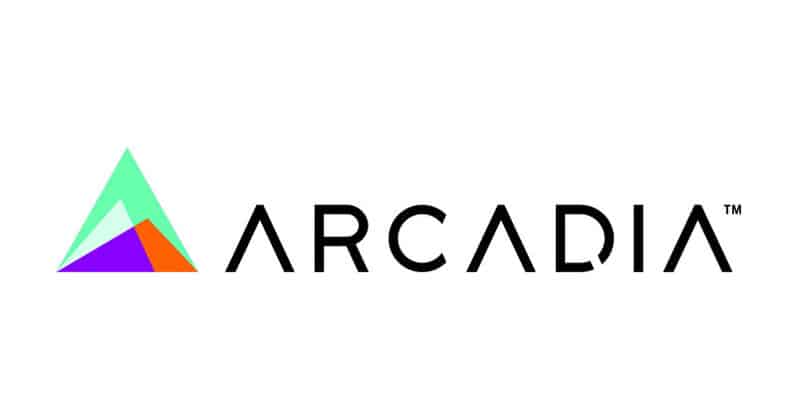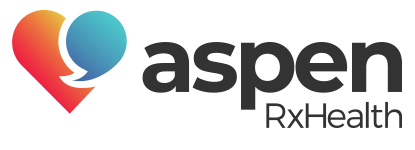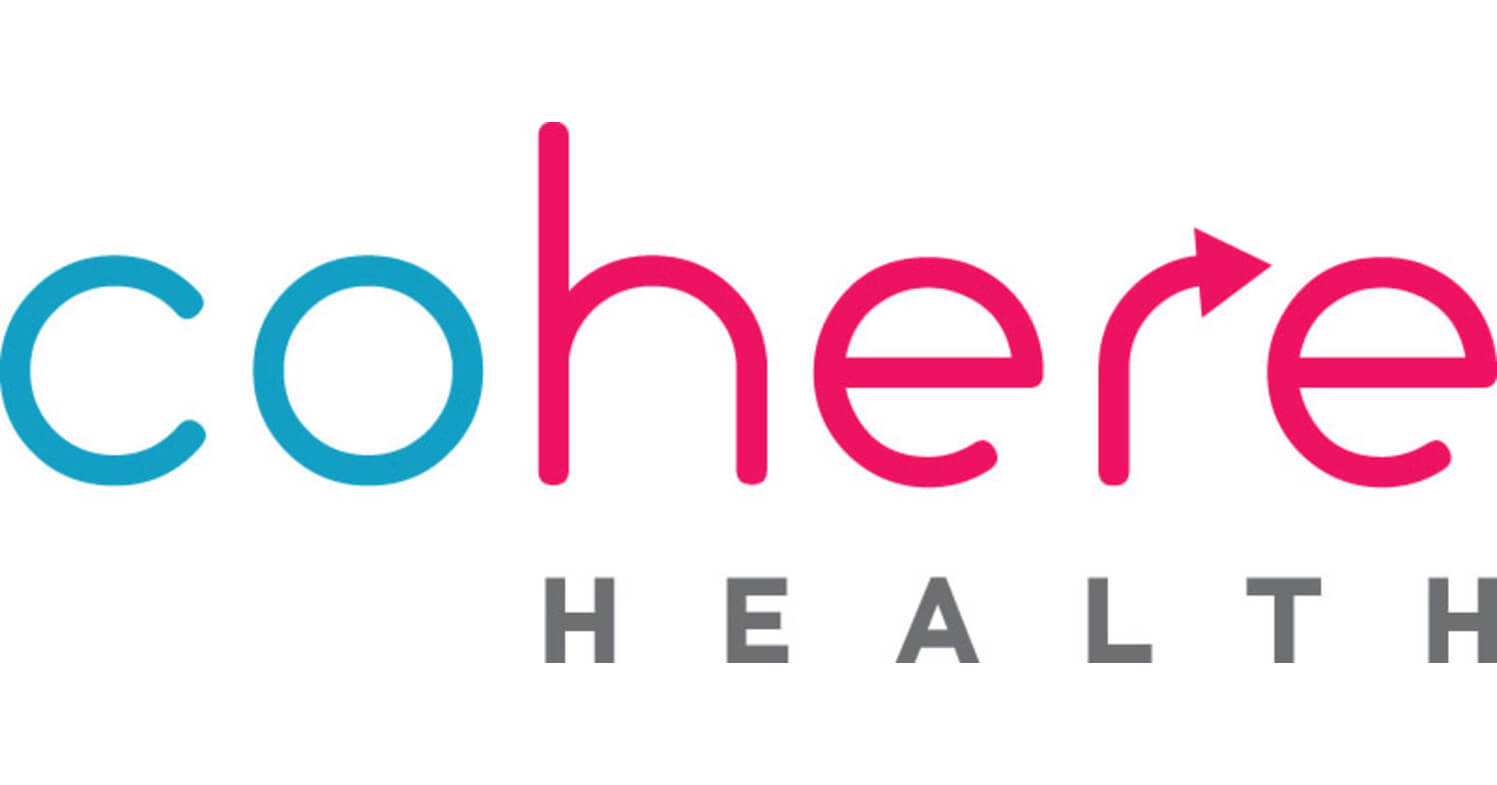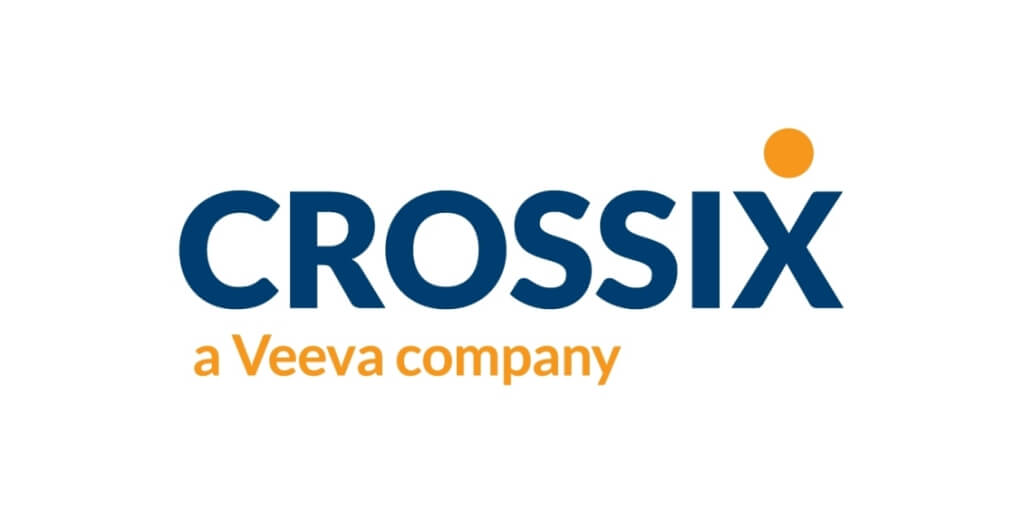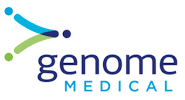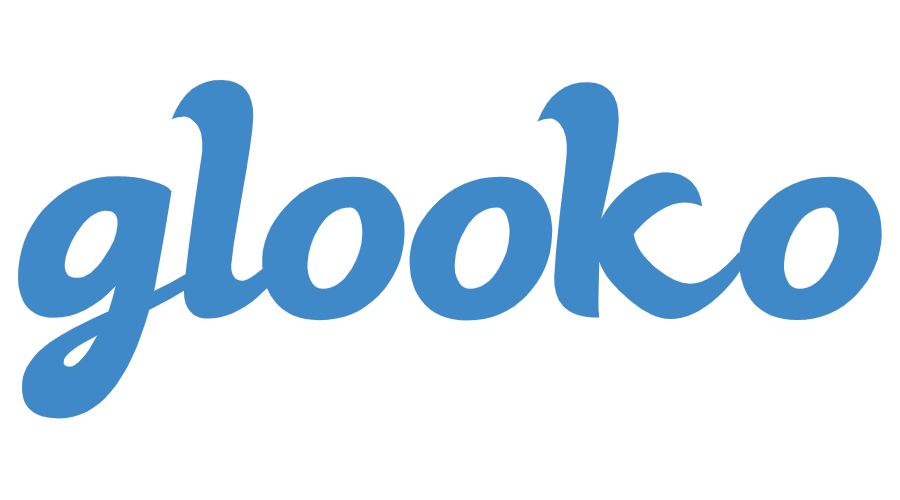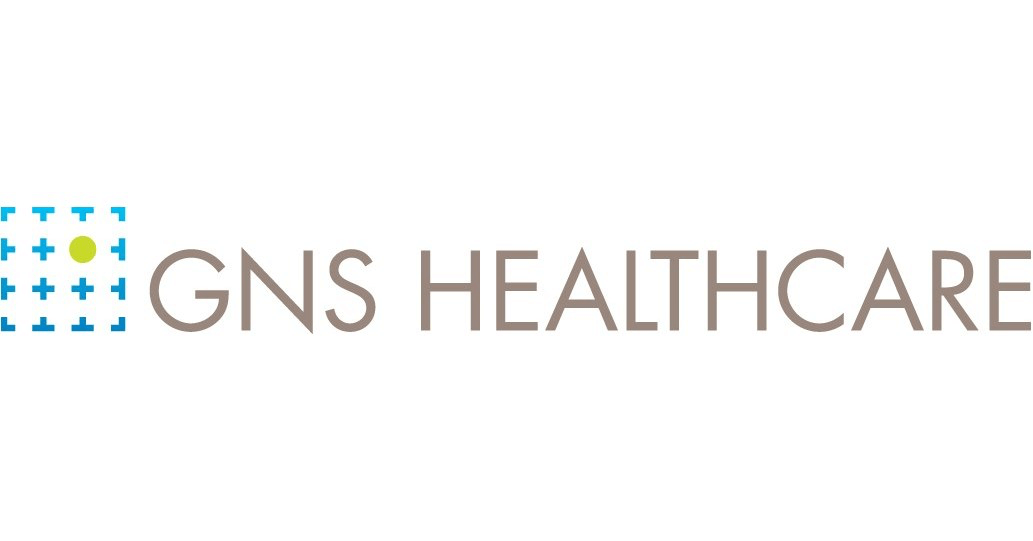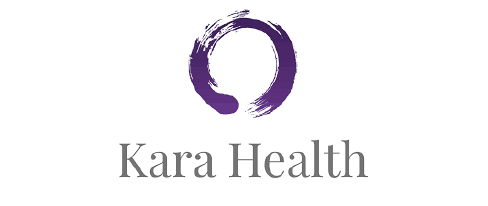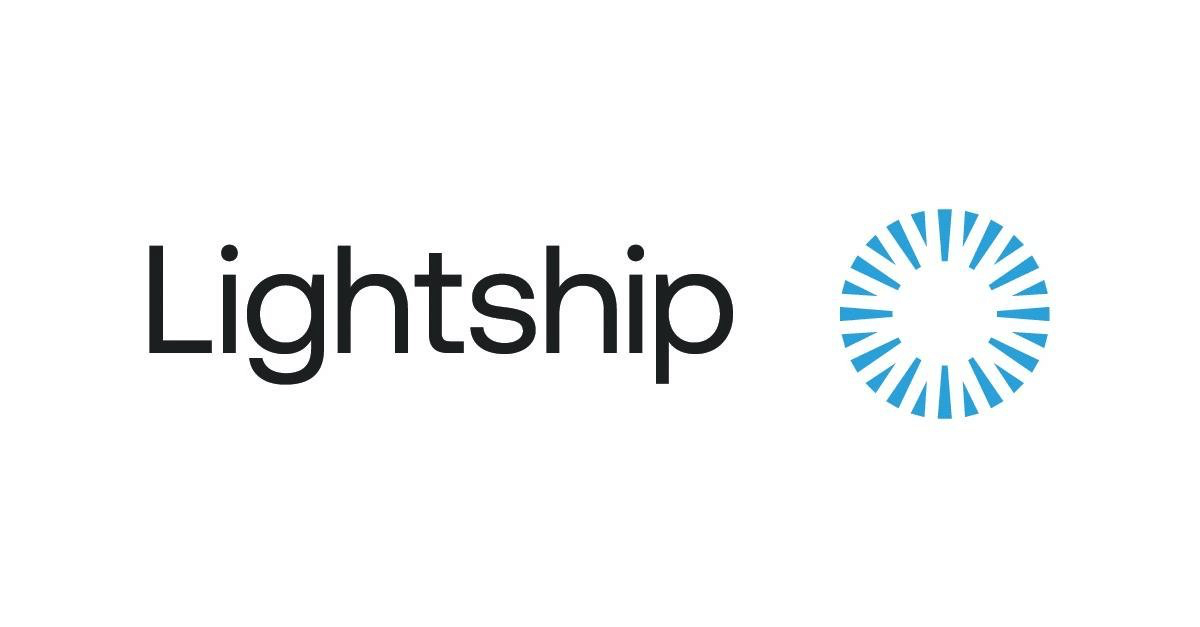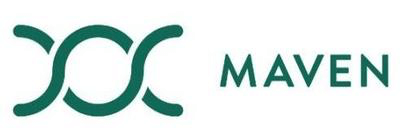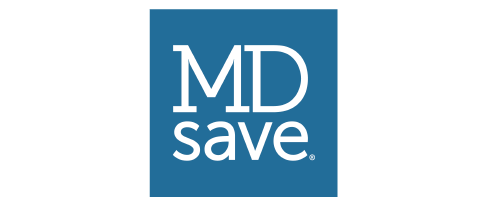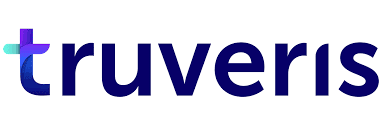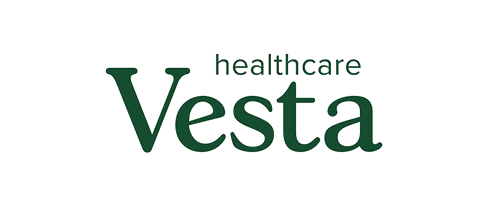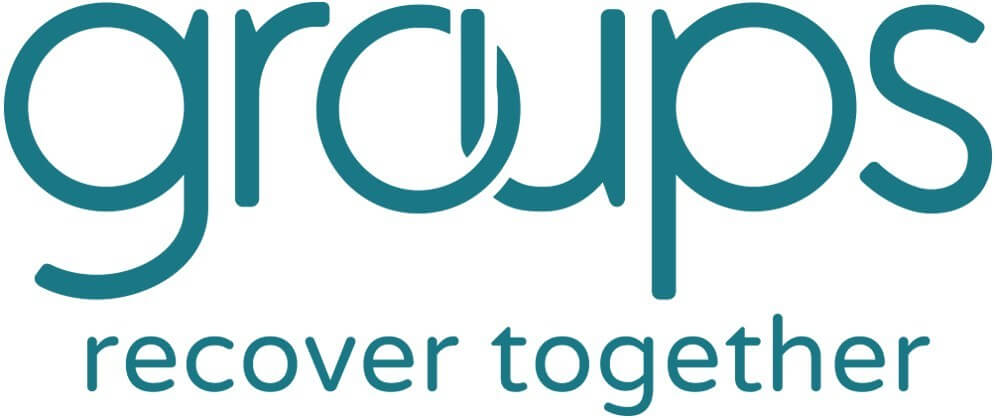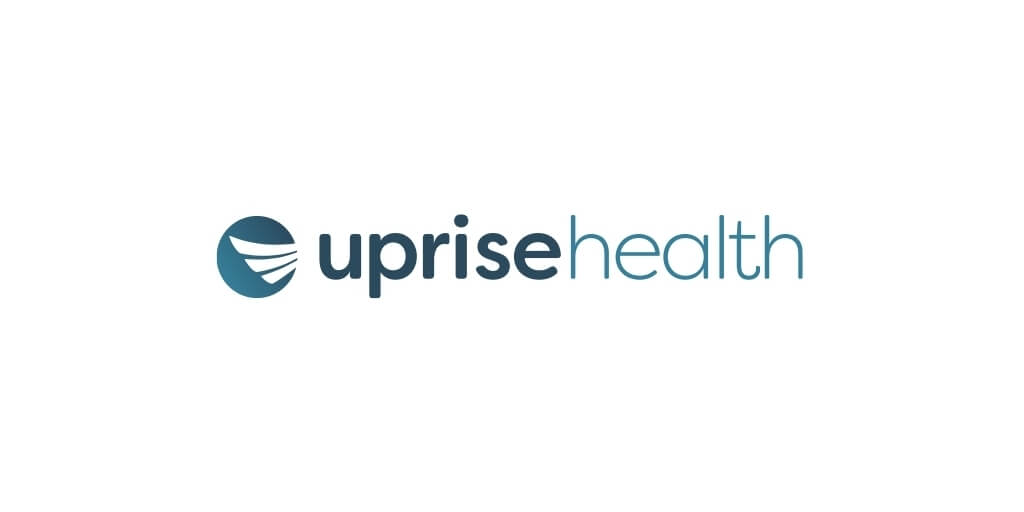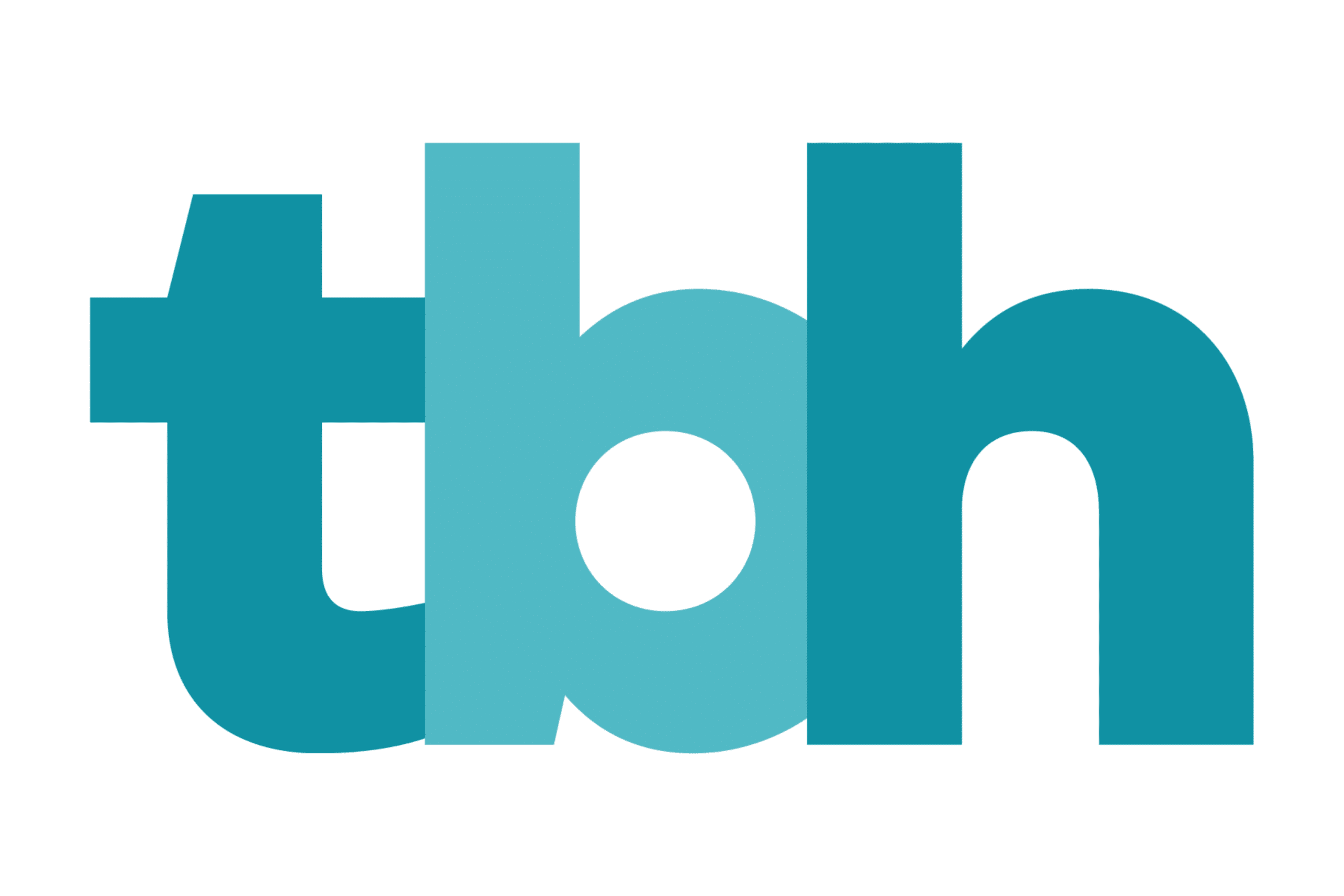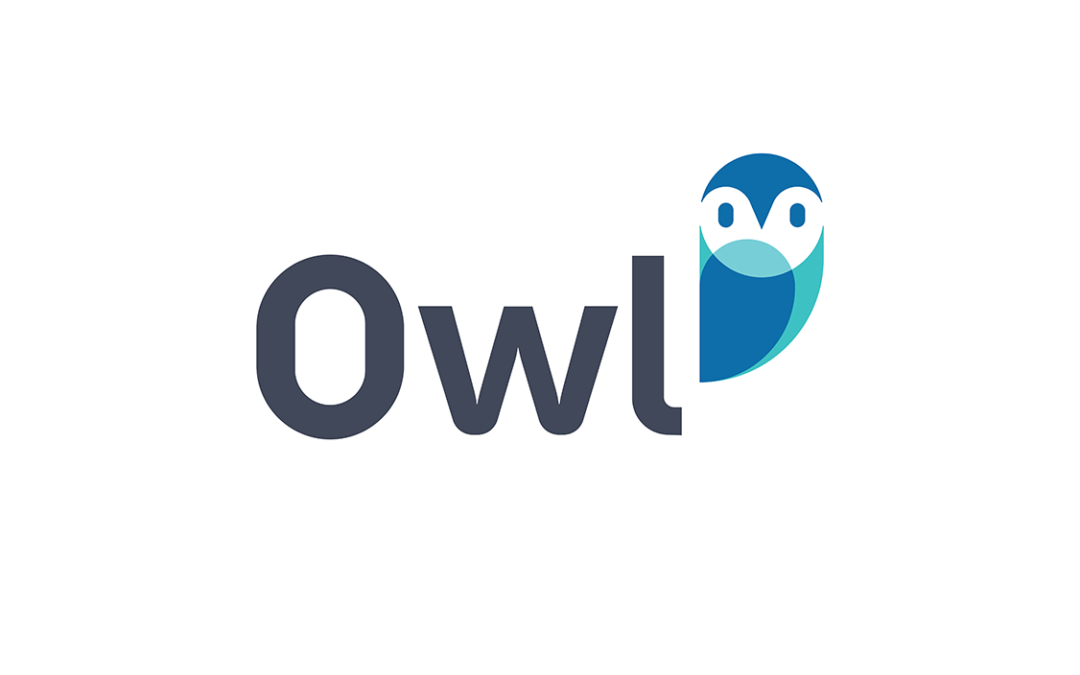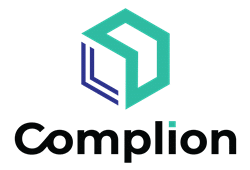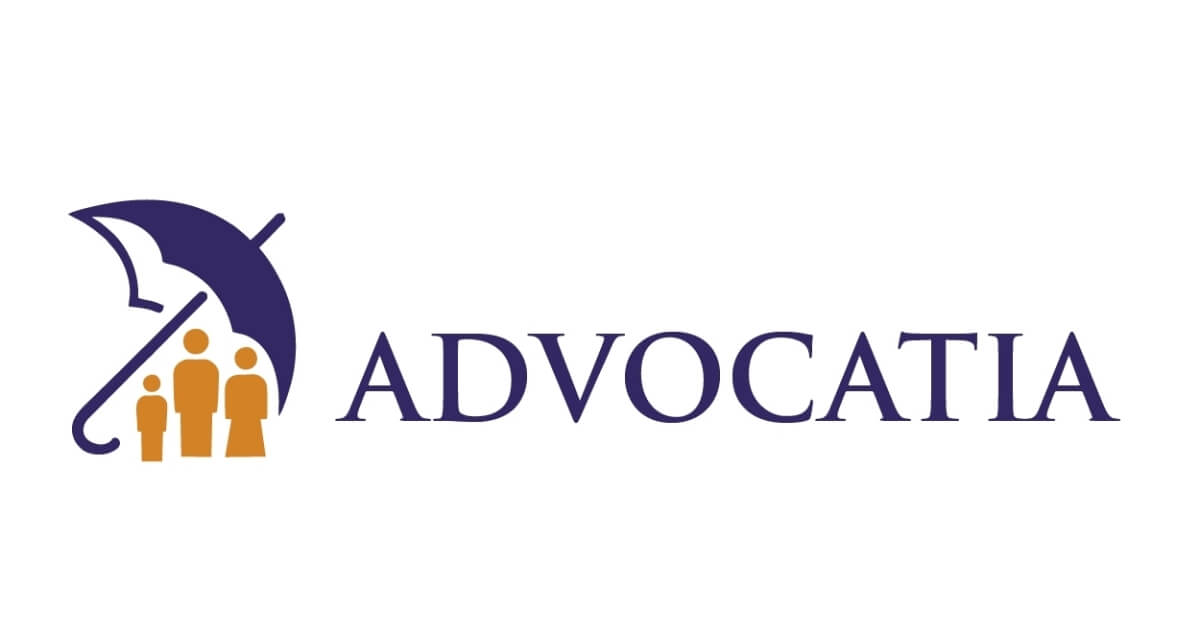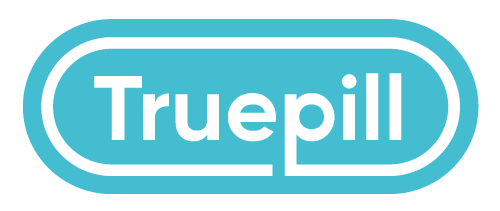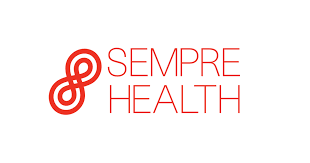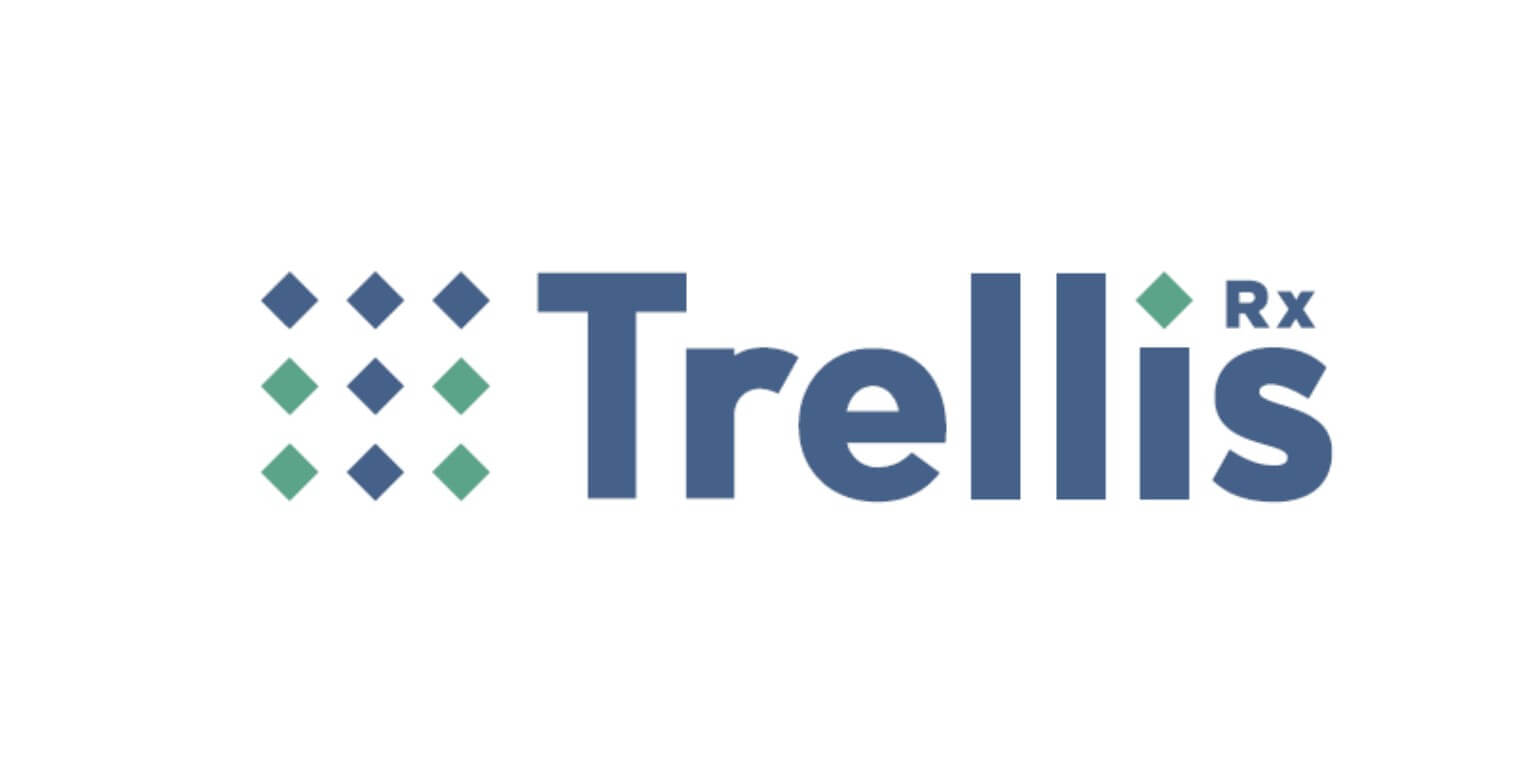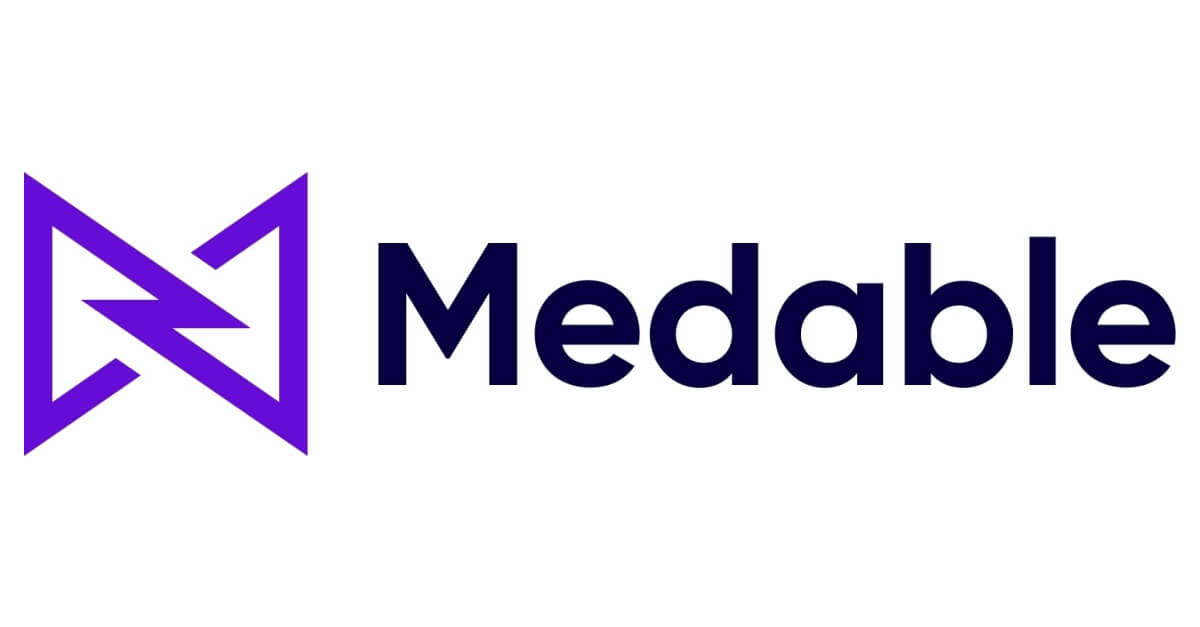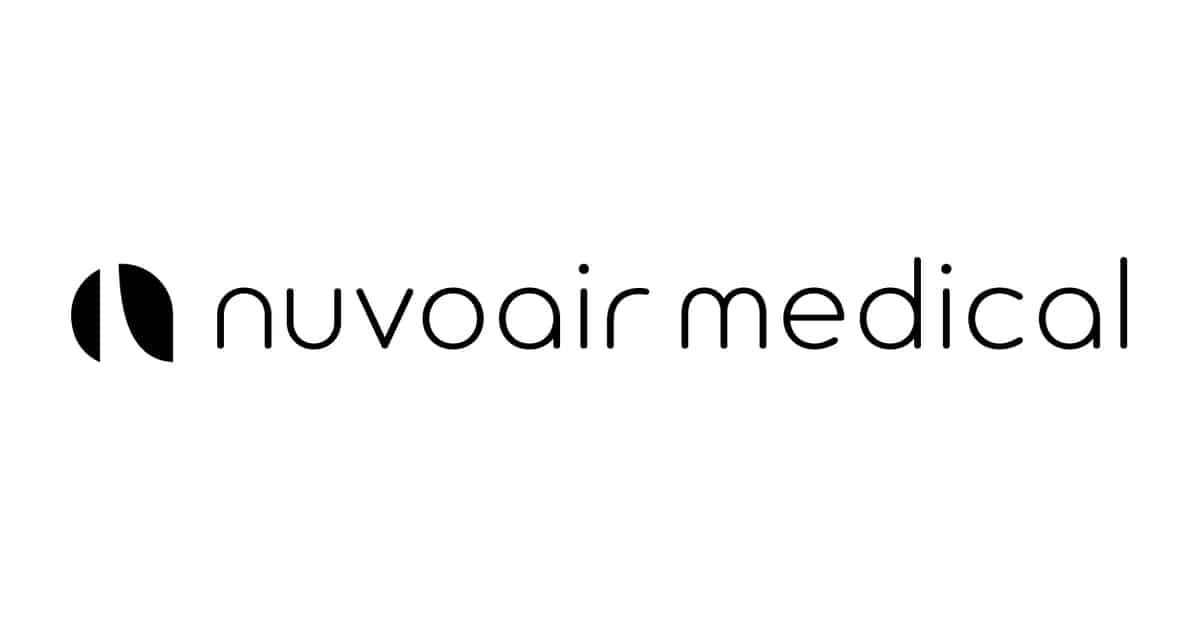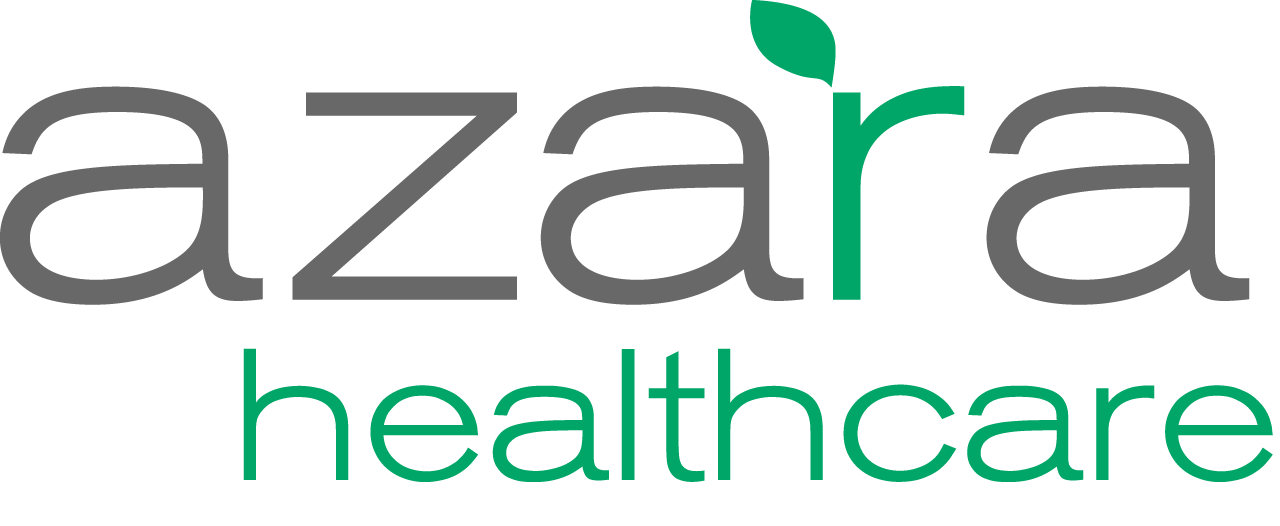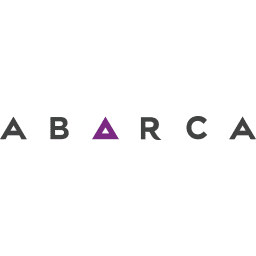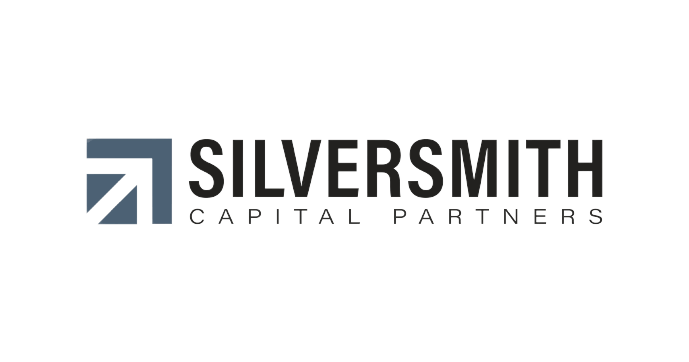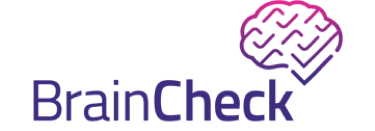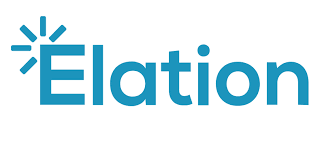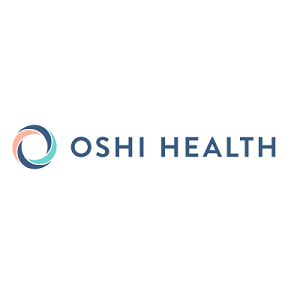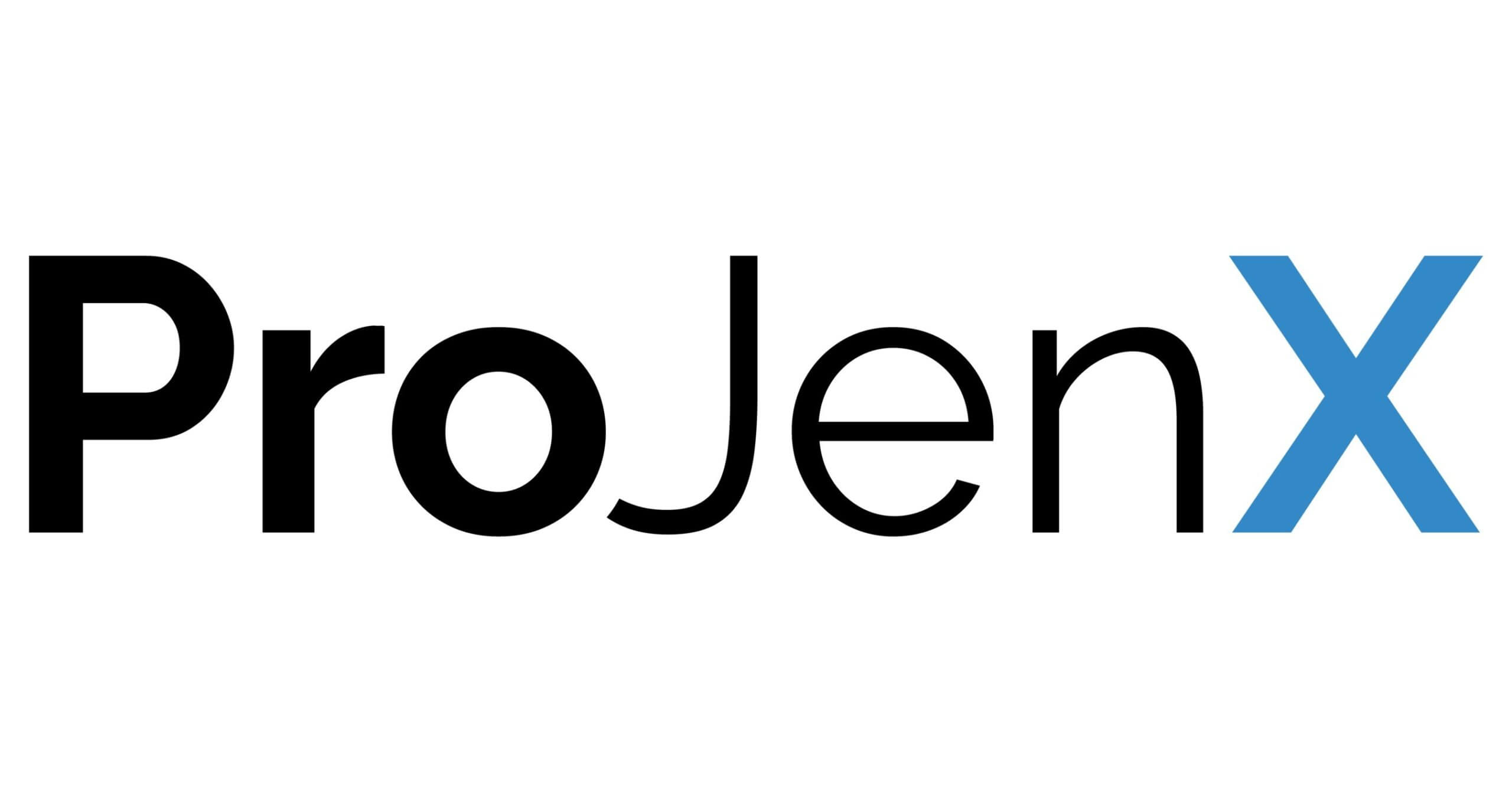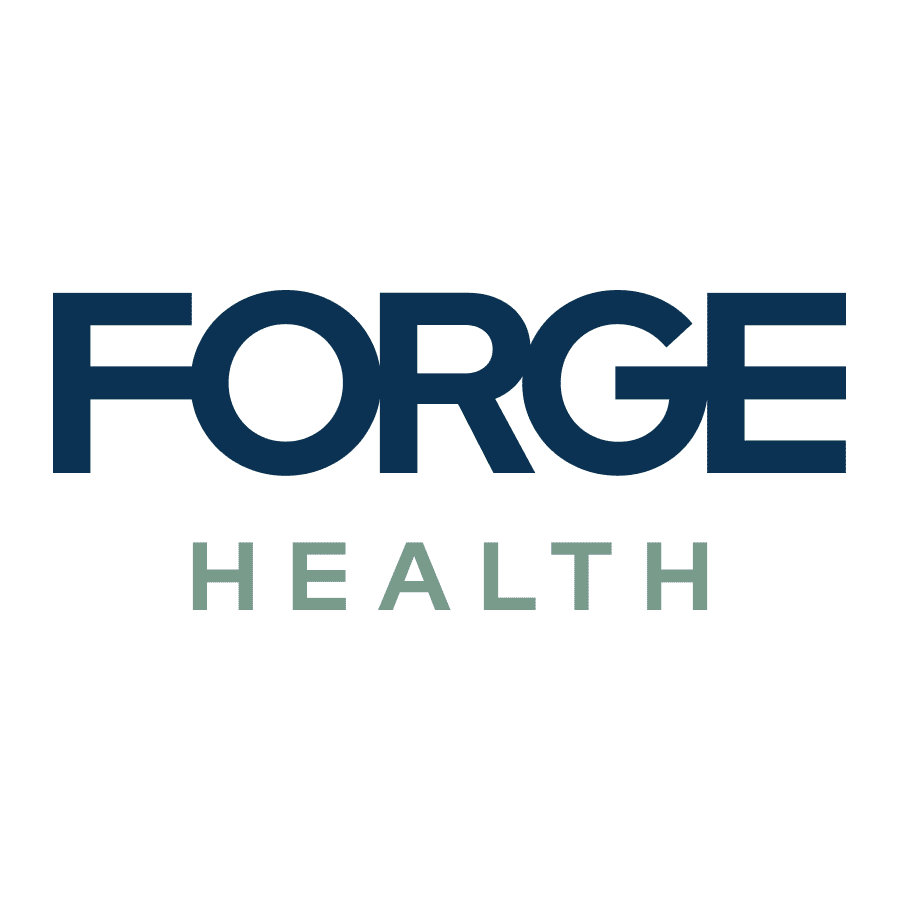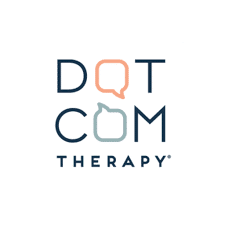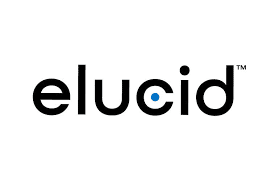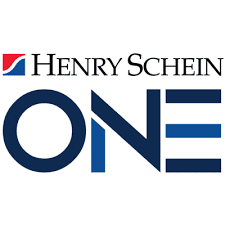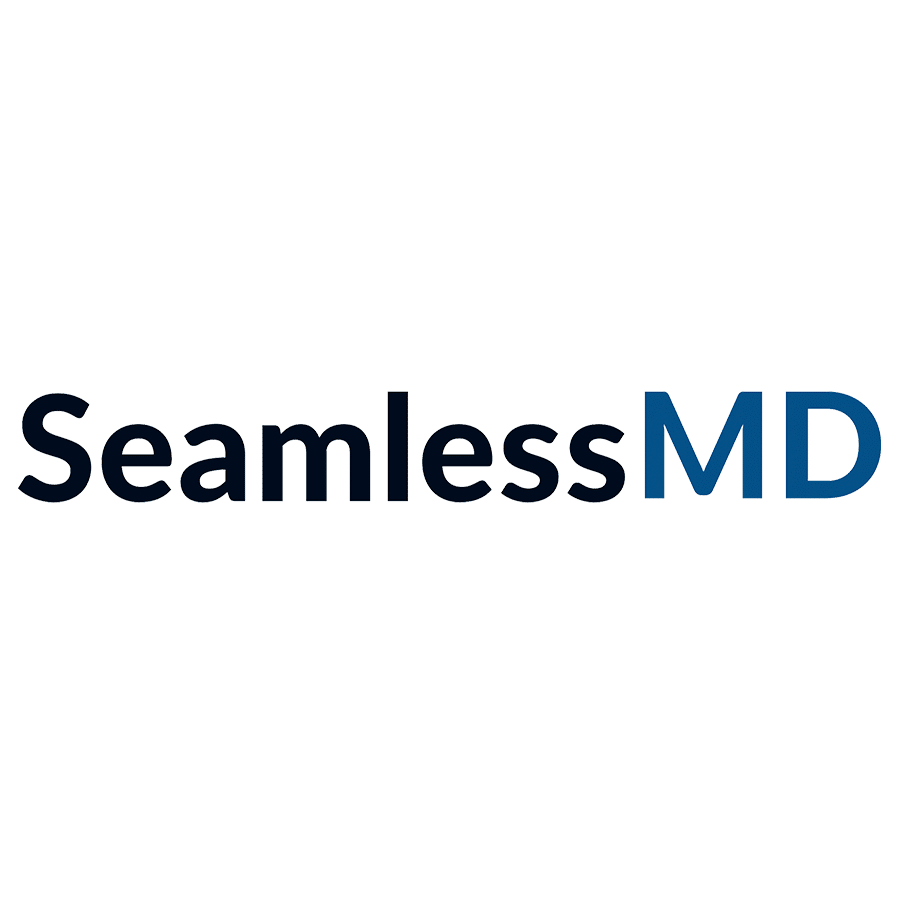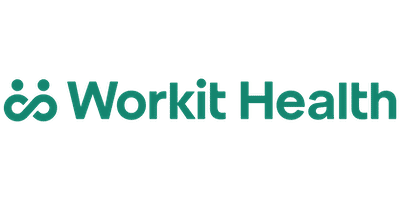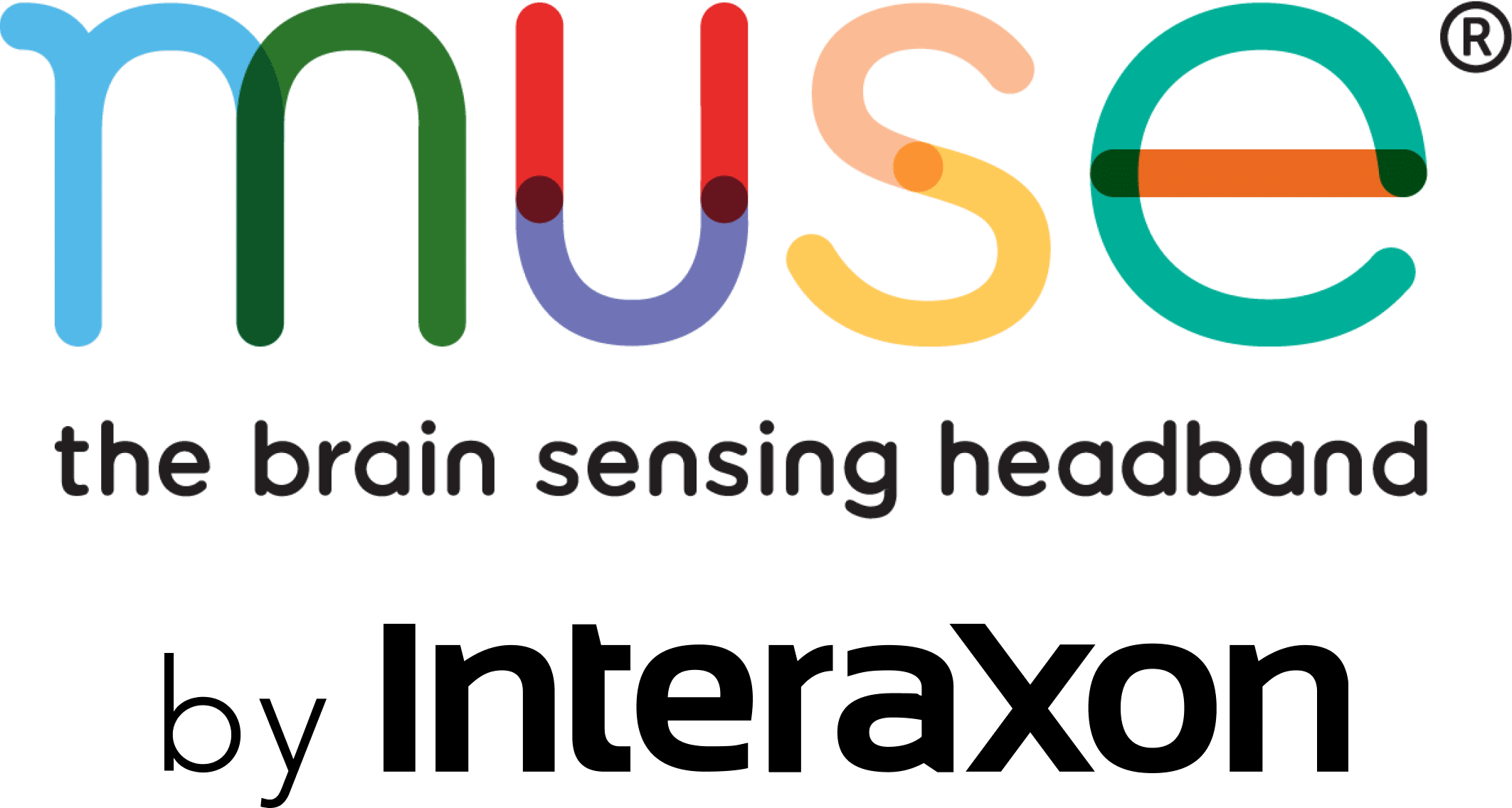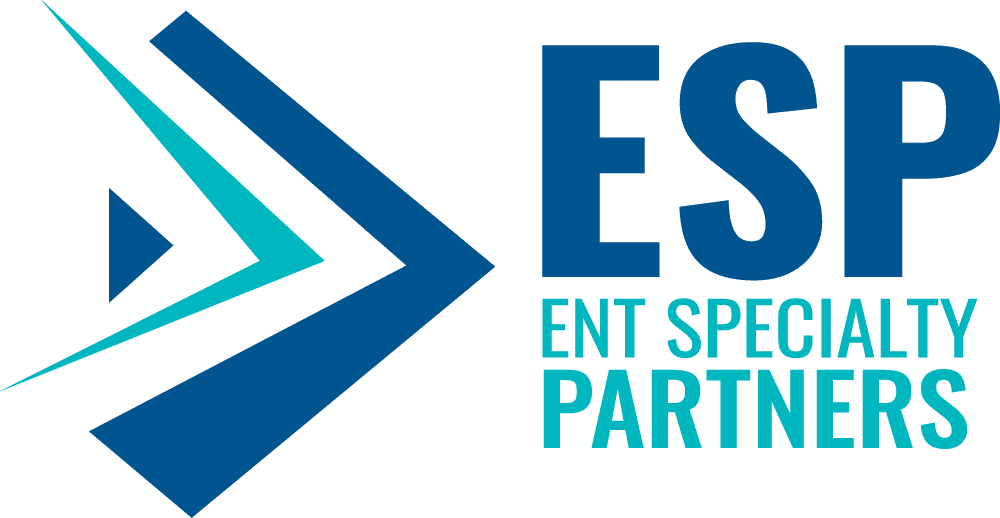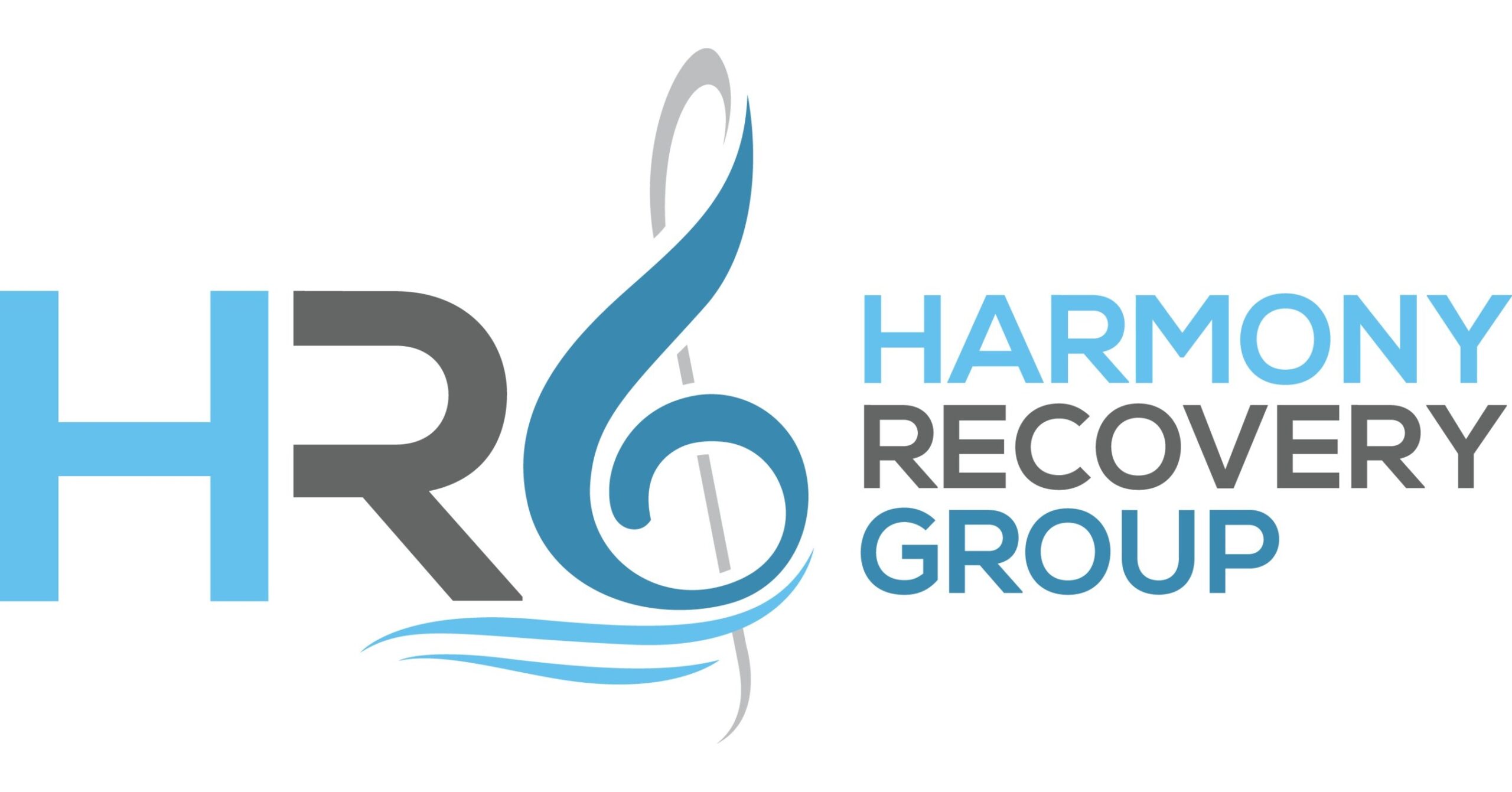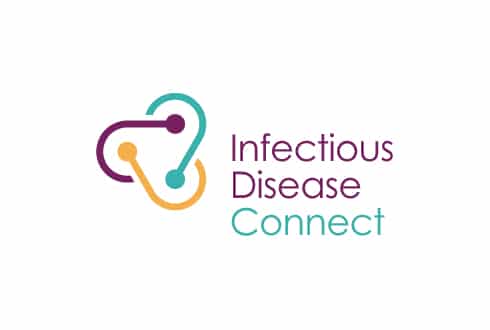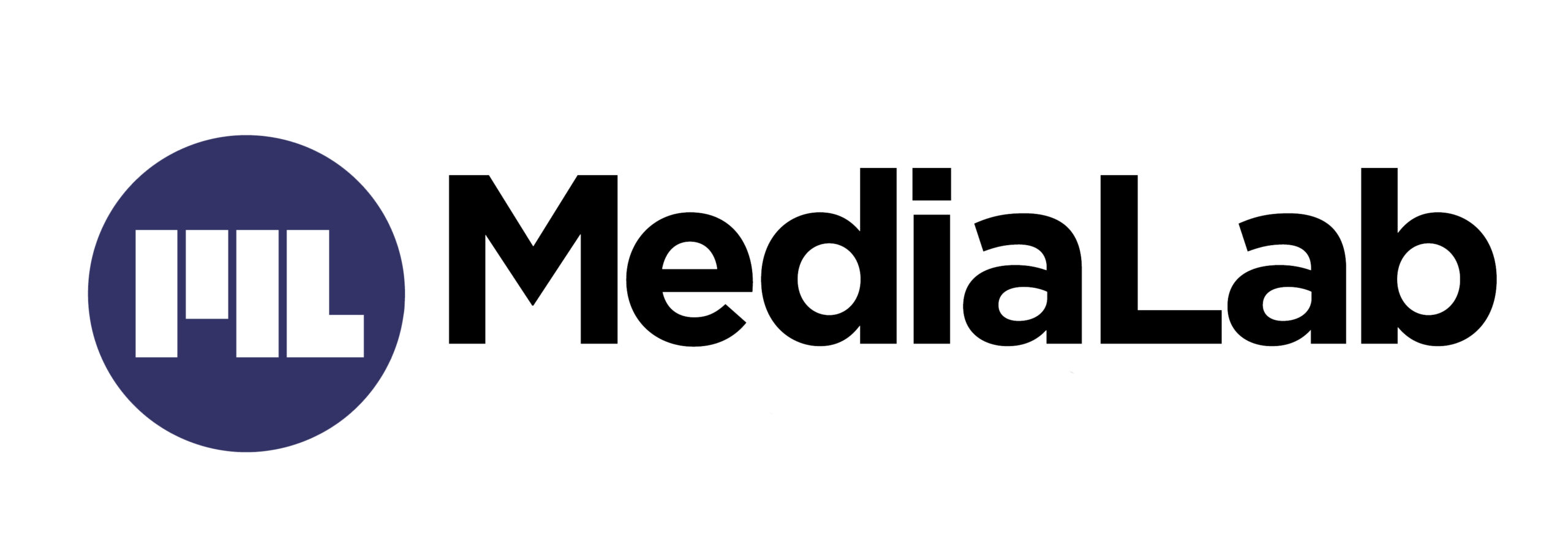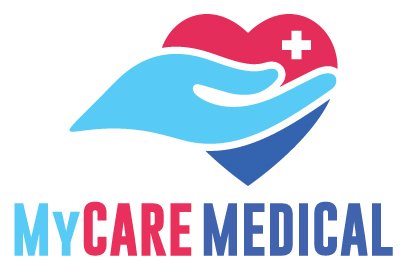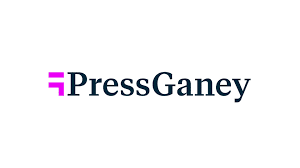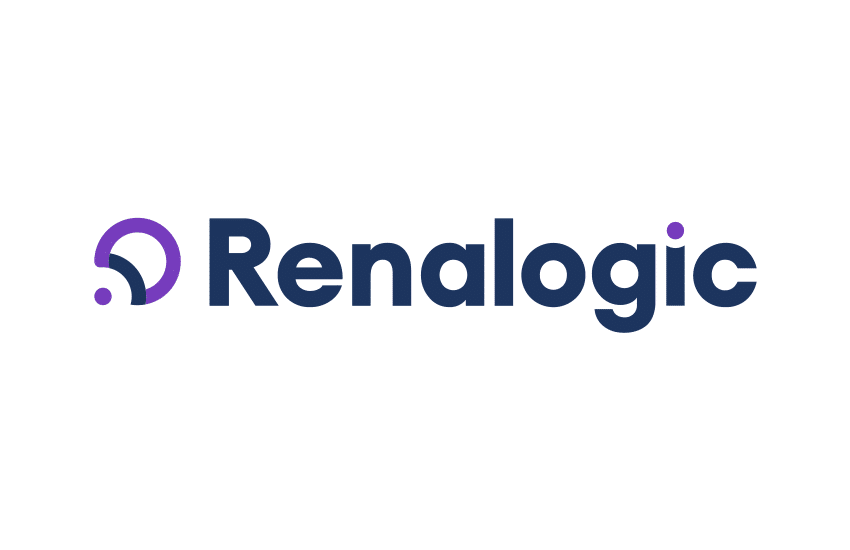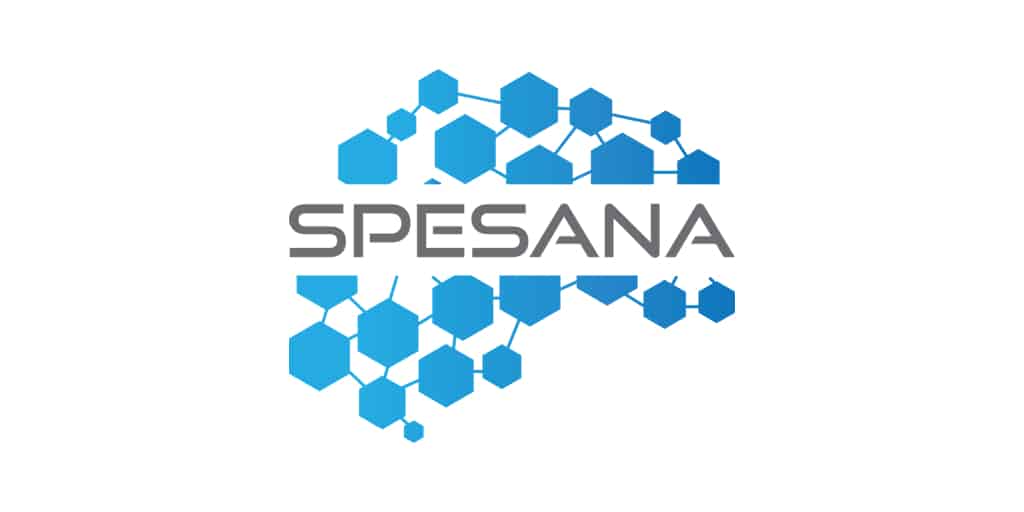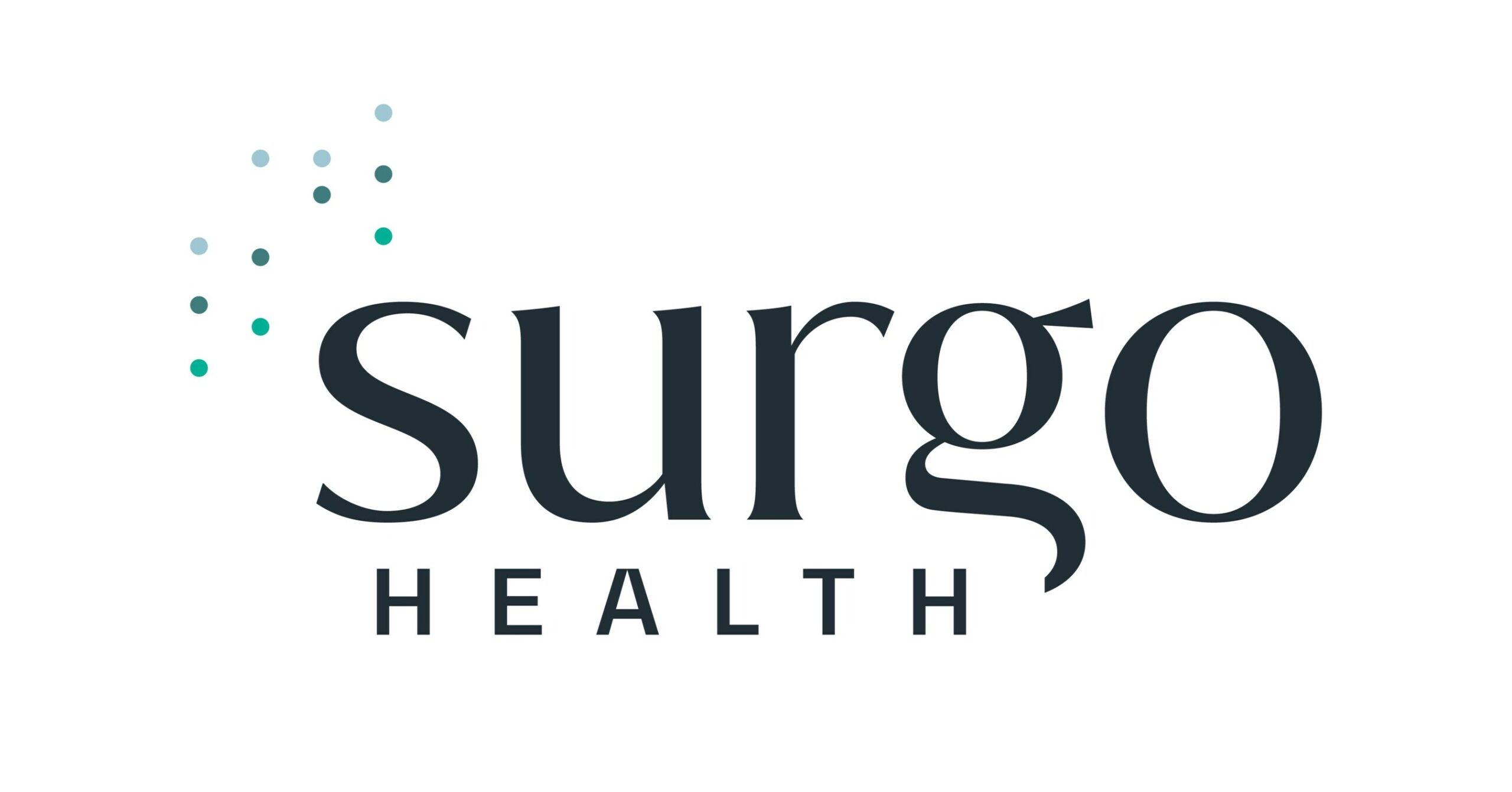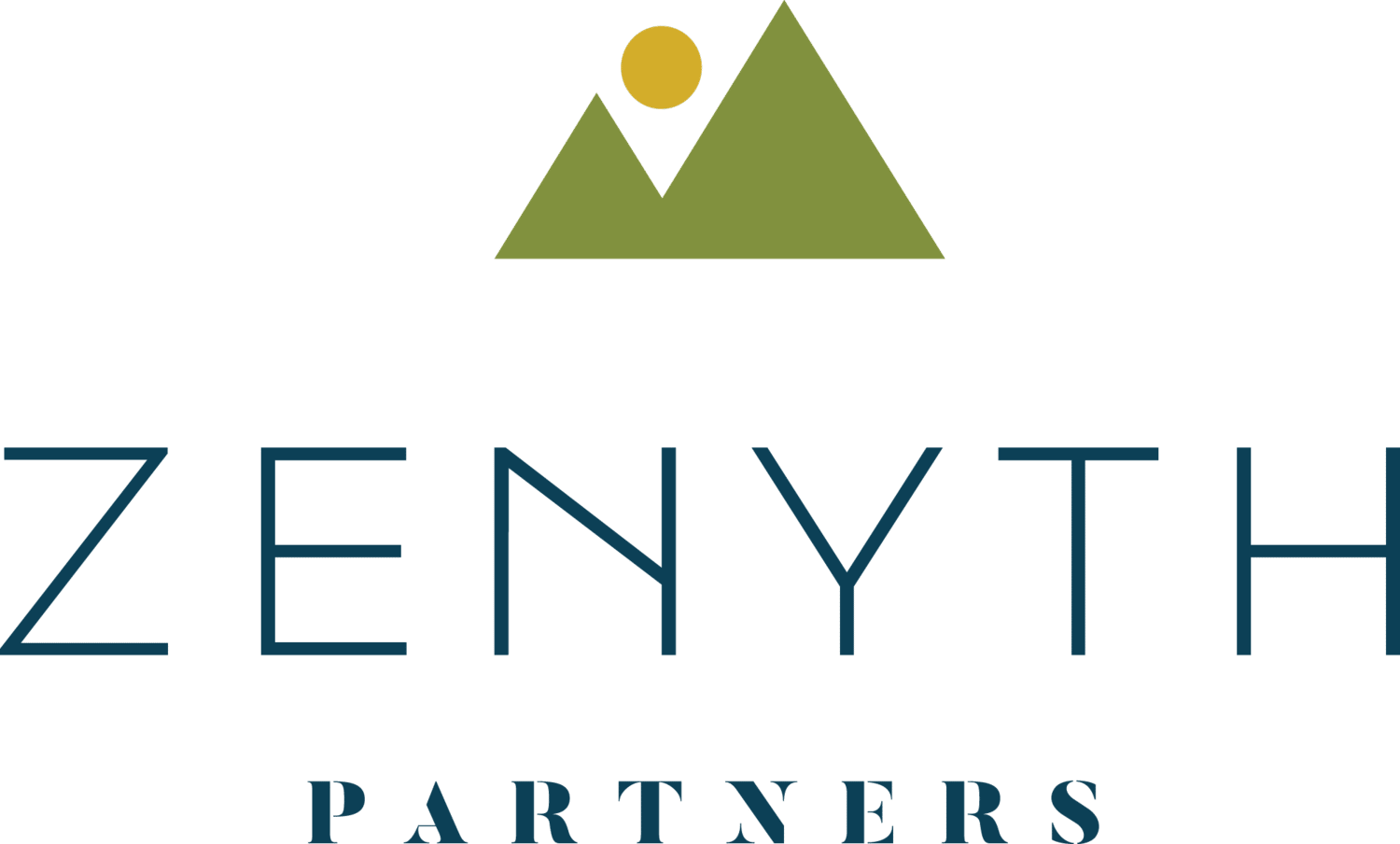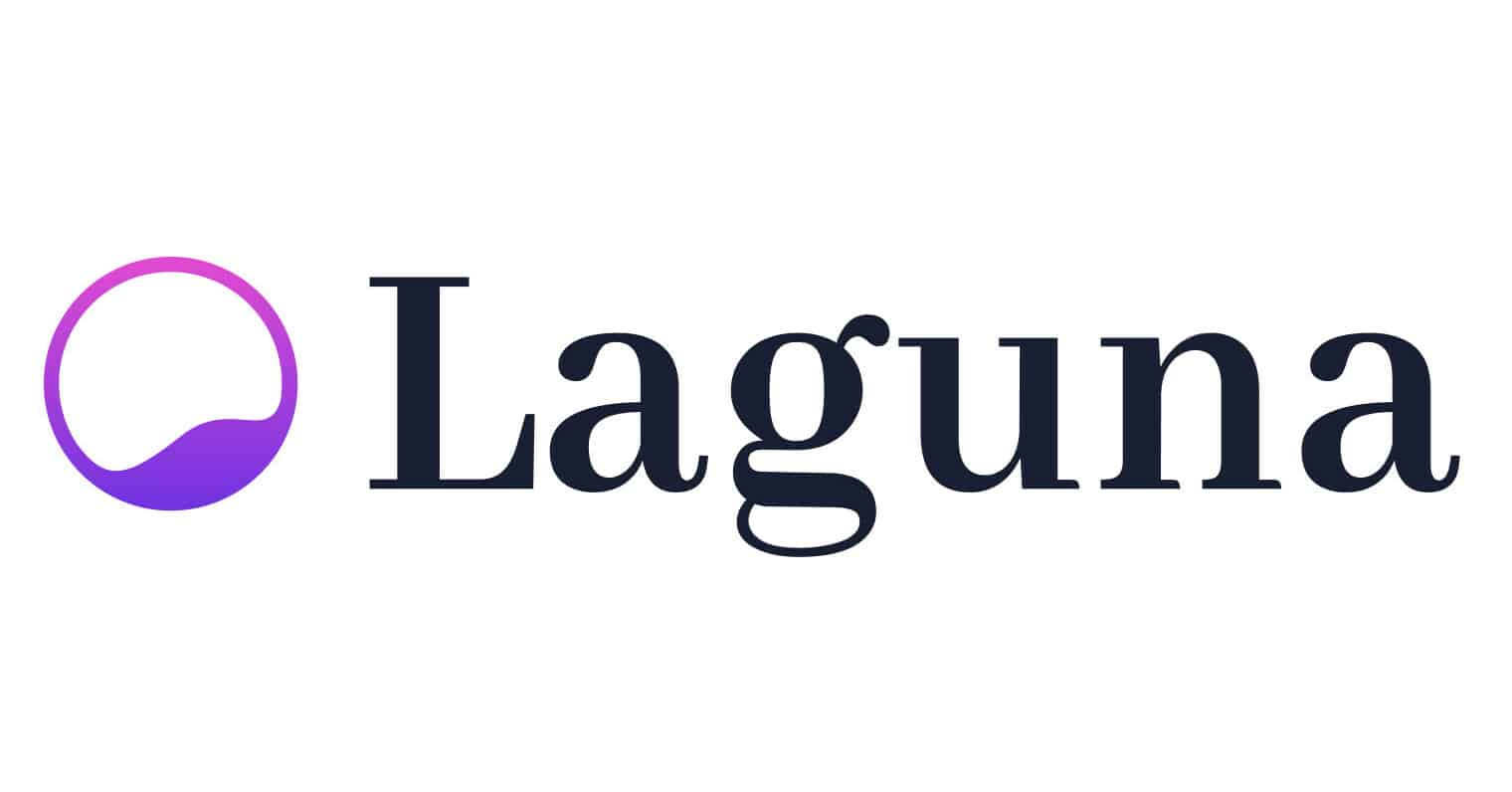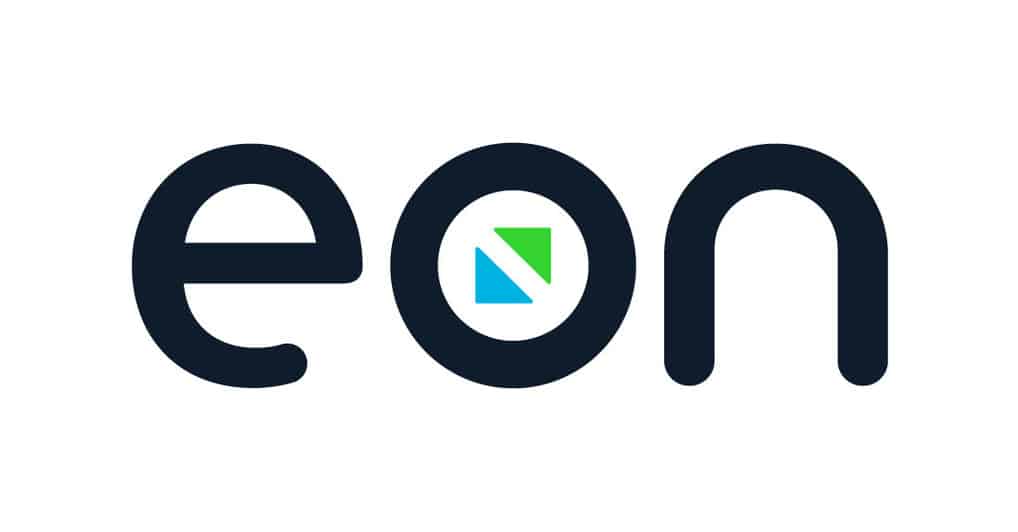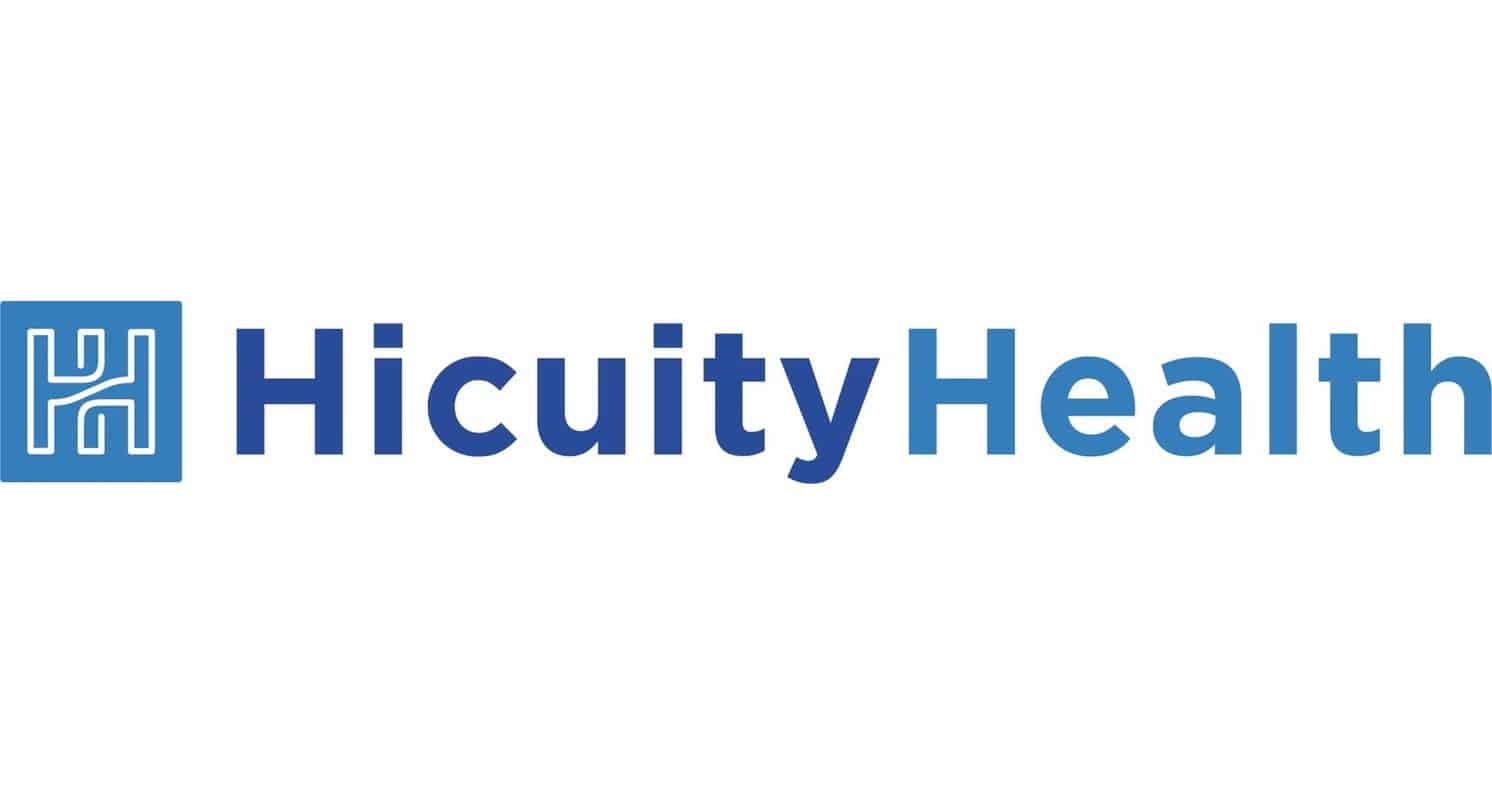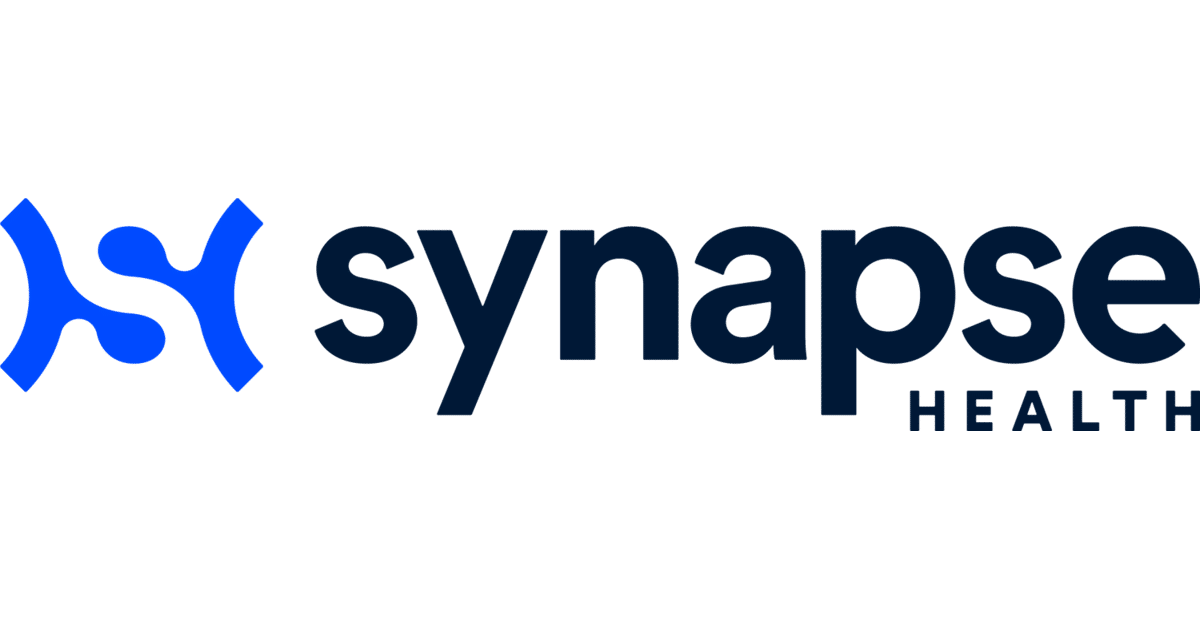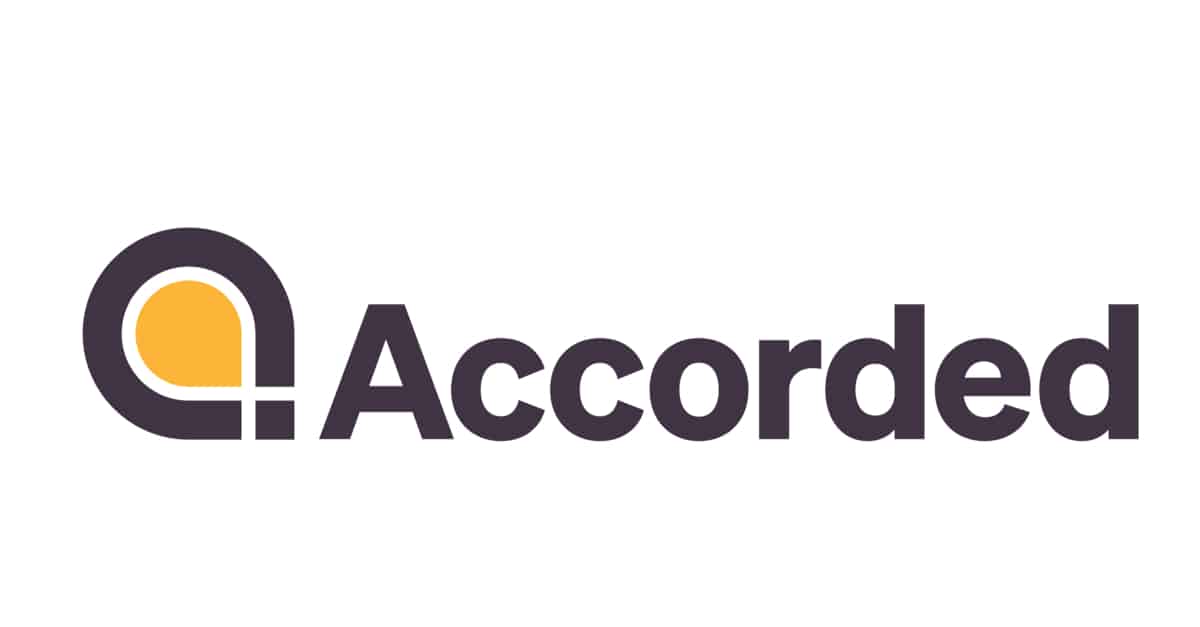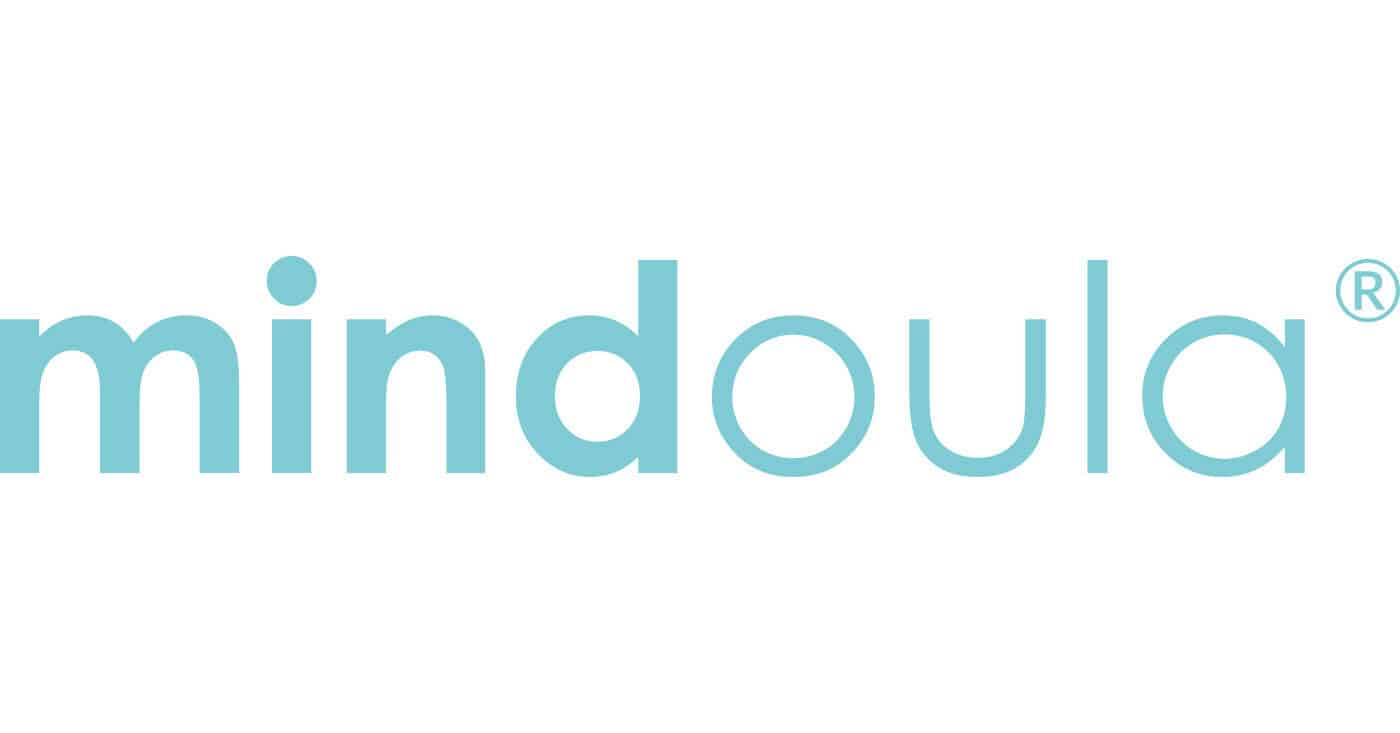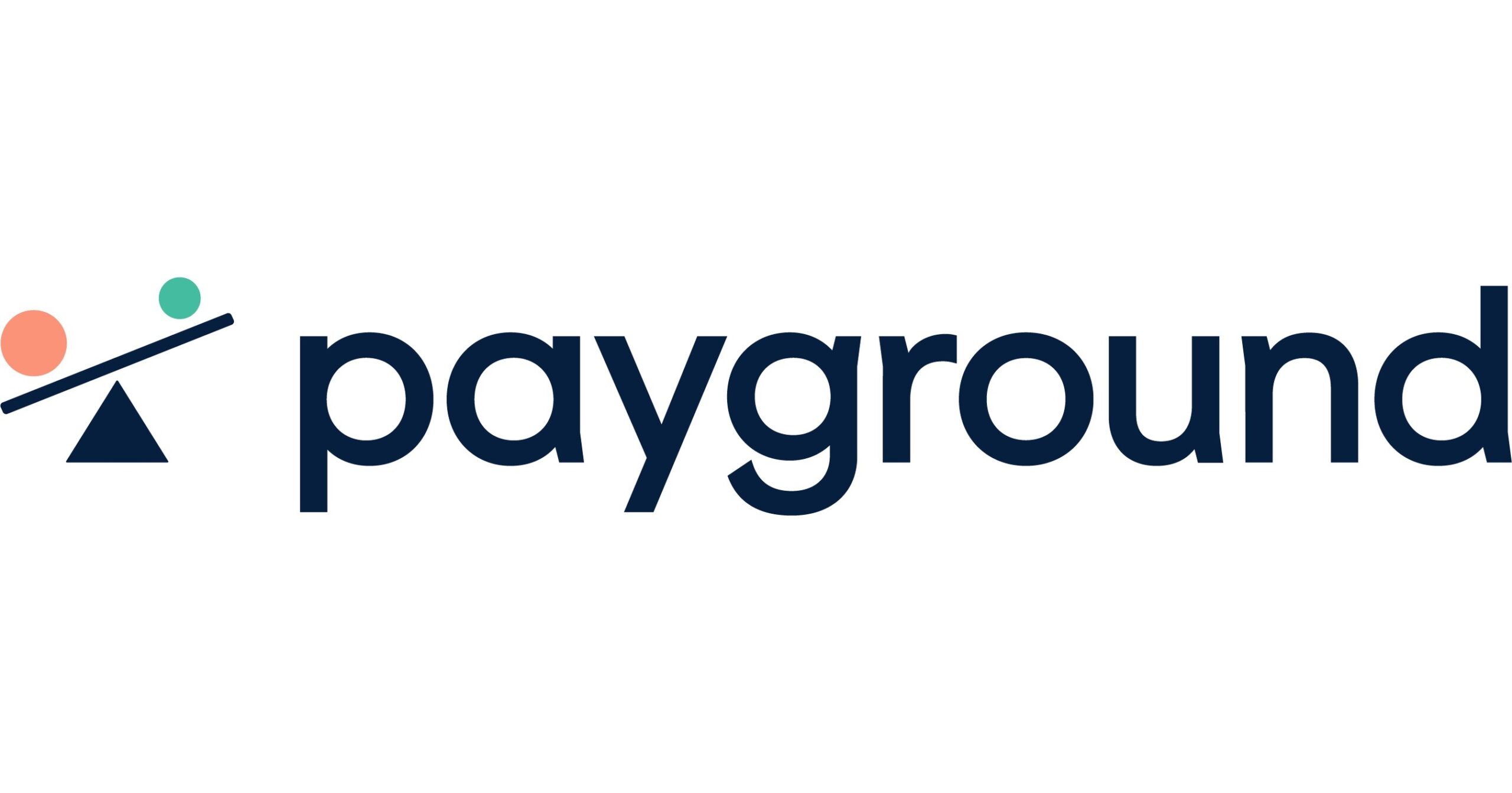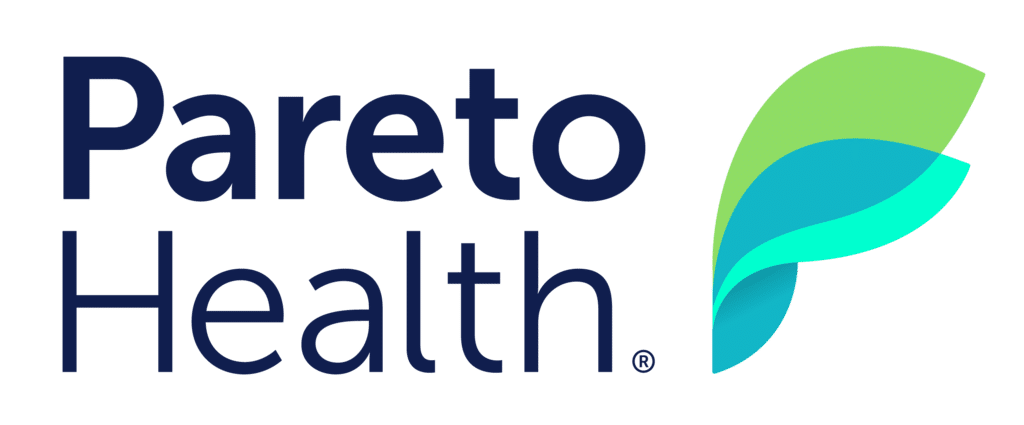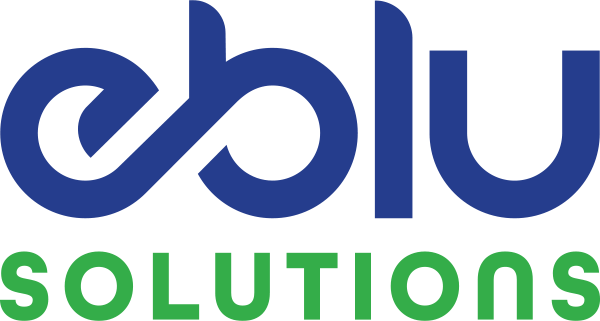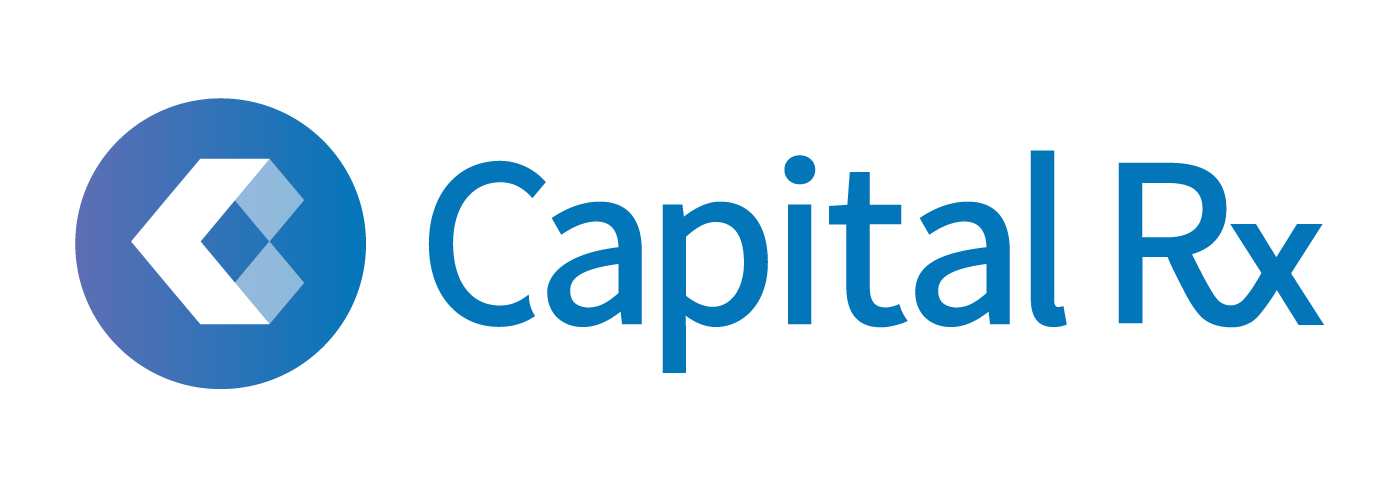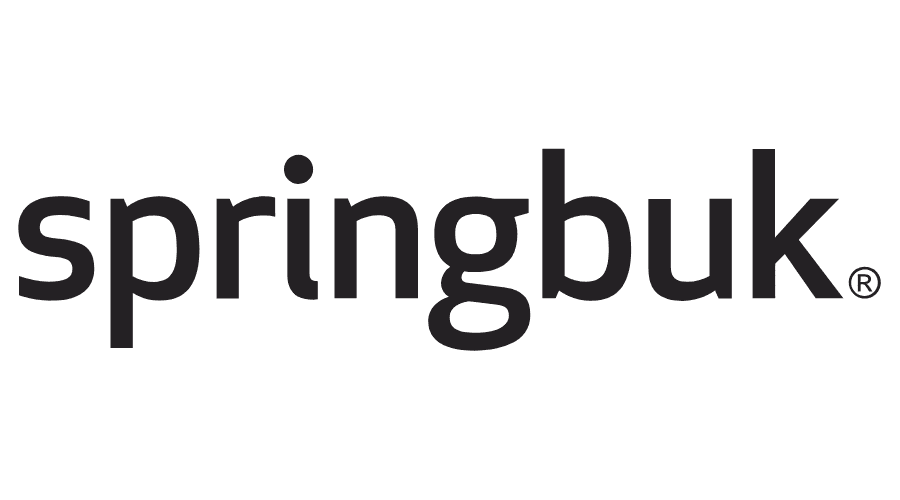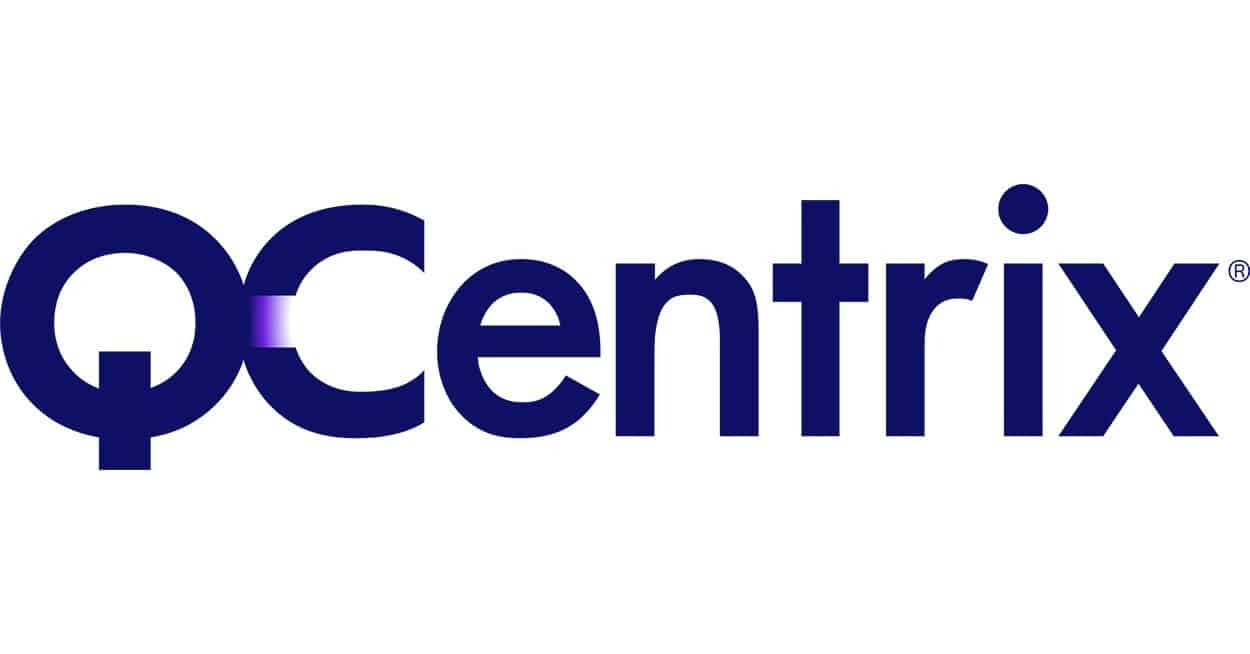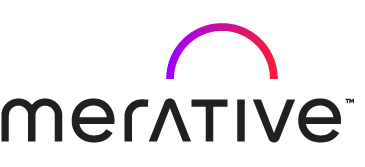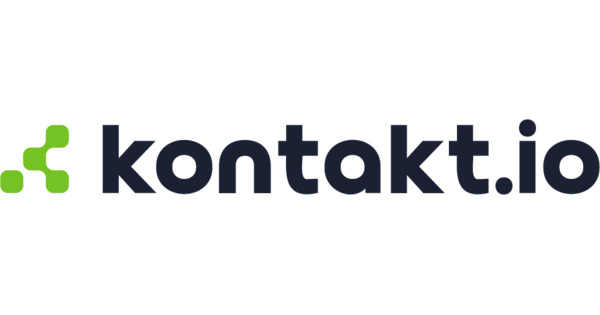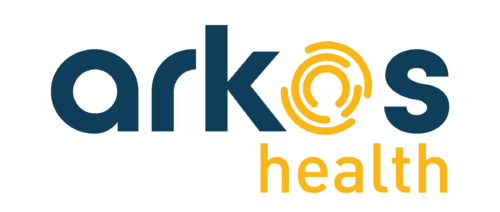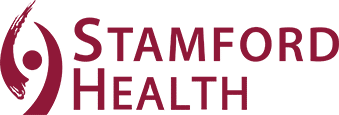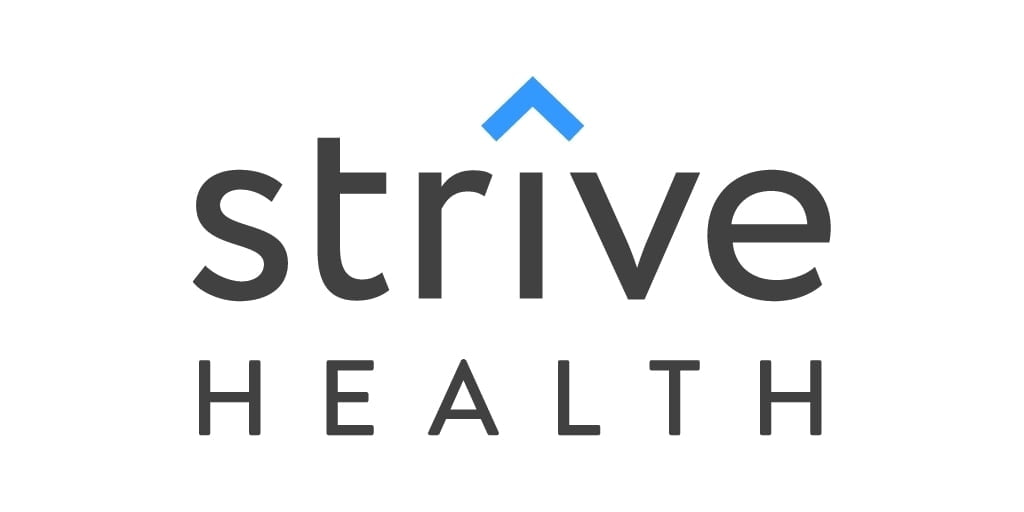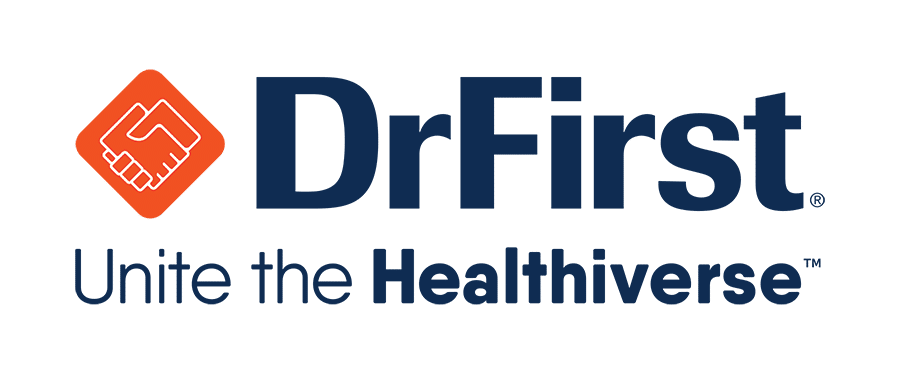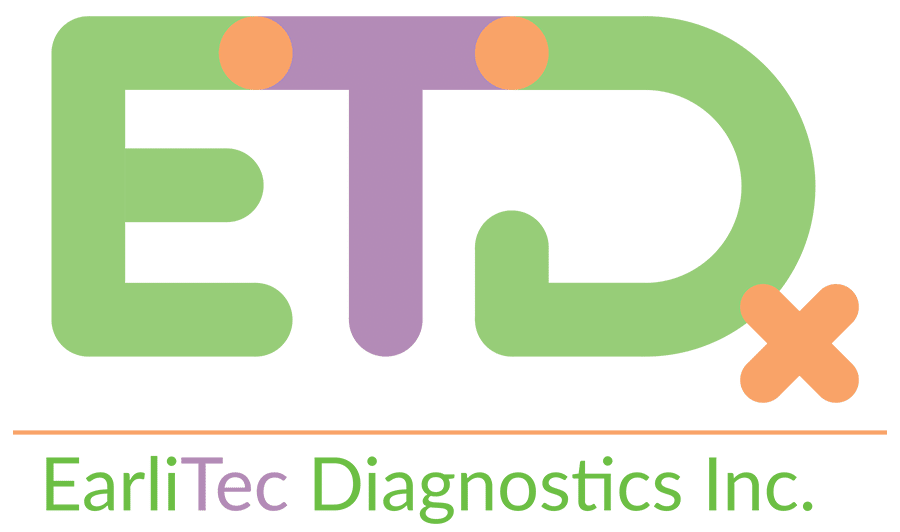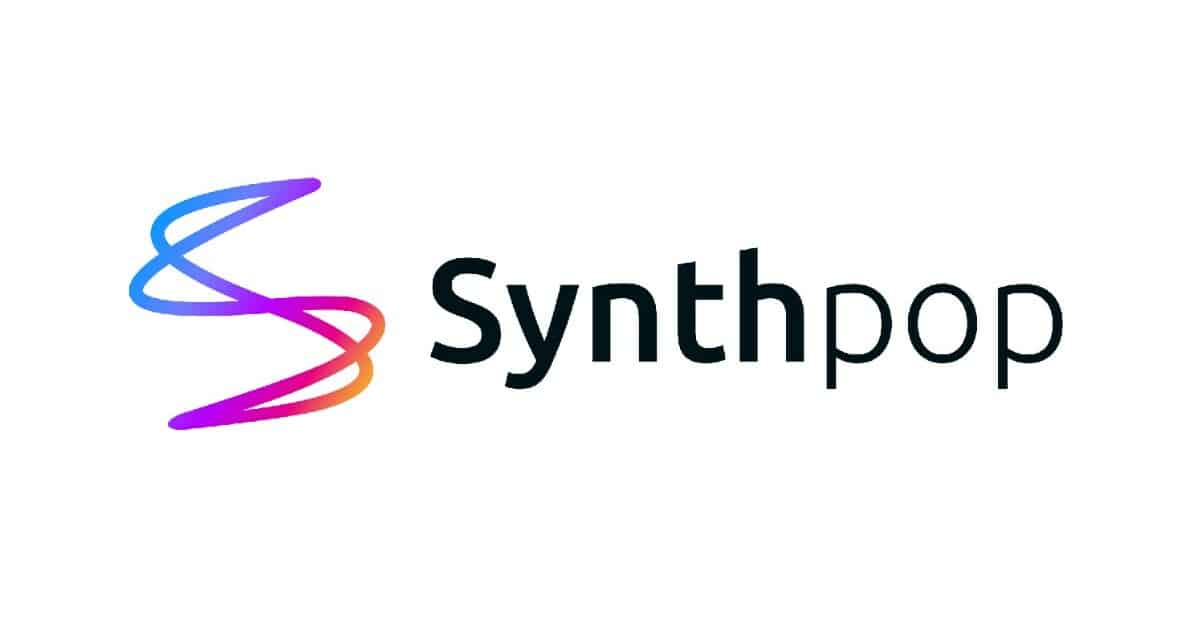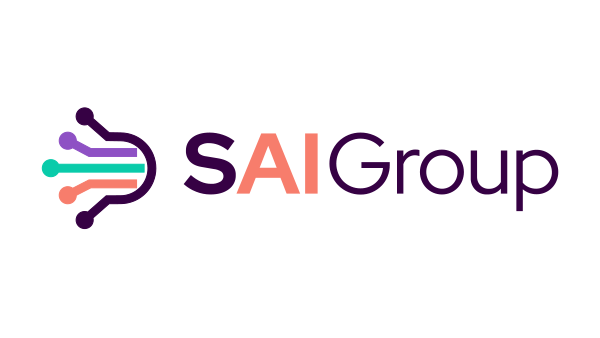In the fast-paced world of technology, the healthcare industry is experiencing significant shifts in its workforce dynamics. From downsizing to the increasing demand for specific skill sets, the tech talent space is undergoing transformative changes.
At HLTH 2023, Matt Dumas, Founder & Managing Partner of Chasm Partners, sat down with a panel of experts in Artificial Intelligence to discuss the current trends, challenges, and strategies employed by leading tech companies to find and retain top talent focused on AI. Click here to watch the full panel discussion titled, Finders Keepers: How to Attract & Retain AI and Tech Talent in Healthcare.
Our Panelists
Stefan Dicker, AWS
Stefan Dicker works on the AWS Startups team supporting startups from Venture Studios around North America. Dicker helps Studios and their portfolios validate concepts, identify GTM channels, and make introductions to potential customers and investors.
Priti Shah, Iodine Software
Priti Shah brings 20+ years of corporate and product strategy experience to the Iodine Software (Iodine) executive leadership team. In her role as Chief Product and Technology Officer, Shah is responsible for guiding the company’s platform strategy vision while overseeing the corporate strategy, product, design, engineering, and data science teams.
Dinesh Kandanchatha, Emids
As Emids’ Managing Partner of its HealthTech business, Dinesh Kandanchatha brings a profound technologist's perspective to the triple aim. Grounded in his educational background in Neuroscience, he adeptly merges his expertise in medical devices with a keen passion for health and wellness to inform his solutions to deep technical challenges.
Top 5 Takeaways on AI, Talent, and the Time Ahead
1. The demand for AI talent outweighs the supply.
For health tech companies like Iodine, this year’s industry-wide downsizing proved to be an excellent source of software development and software testing talent. However, data scientists prove to be a trickier catch, as the demand for these individuals continues to outweigh the supply. In Shah’s words, the market is “frothy” and salary demands are high — even for those with limited experience.
Data scientists, machine learning operators, data engineers, and software engineers are all hard to recruit for, and Shah predicts the demand will only continue to rise in the coming years. Organizations in need of this talent need to open their minds — and their checkbooks — to capitalize on the availability of these individuals in 2024.
2. Retaining top AI talent starts with mission alignment.
Mission means everything in healthcare. After all, that’s why we’re in this industry. So why do healthcare companies continue to struggle with mission misalignment during the recruiting process?
When discussing finding and keeping AI talent, the panel made one thing clear: mission is critical, even for developers who are nose-deep in code all day. The most successful health tech and AI-driven companies are attracting and retaining talent by reinforcing their mission both during and after the hiring process. Once aligned with your organization’s “why,” you can begin to develop additional retention strategies focused on learning and development, experimentation, and team building.
“To sanitize the passion for technology under the guise of productivity is a huge mistake.”
Dinesh Kandanchatha, Managing Partner, HealthTech, Emids
At AWS and Emids, a key element of retention is ensuring their employees have safe spaces to experiment and grow. By creating a culture of curiosity, you are able to not only foster engagement in your teams, but also retain your investments in those teams. Put simply, give them time to “play” and institutionalize it.
3. GenAI isn’t meant to replace roles but to foster productivity.
GenAI is not designed to be a job-stealer; it's more like a trusty sidekick for your team. Picture it as a digital companion that's always ready to lend a helping hand, enhancing productivity rather than replacing valuable human skills. By automating repetitive tasks and handling data-driven processes, GenAI frees up time for developers, and other members of your teams, to focus on more complex, creative, and strategic aspects of their work.
“GenAI isn’t a role replacer. It’s a role augmenter.”
Stefan Dicker, Startup Business Development, Venture Studios, AWS
During the panel, Dicker astutely compared the introduction and growth of AI to the development of AutoCAD and email. “AutoCAD didn’t eliminate architects, and email didn’t eliminate the postal service.” Rather, like AI, these tools have helped industries expand their horizons while ultimately creating more opportunities and fostering productivity.
4. When searching for skilled AI talent, universities provide strong talent pools.
If you’re wondering where to find individuals who are especially skilled in AI, consider tapping into the university talent pool. All panelists agreed that only choice organizations with excess capital have been able to truly leverage AI, which includes academic institutions.
According to Shah, Iodine, which is located squarely in the heart of Austin, Texas, has massive farming potential with local universities and premium access to “raw talent” with “subject matter expertise.” This type of talent not only helps them to accelerate their growth, but also provides fresh ideas and perspectives that their teams may not otherwise have.
5. Healthcare’s adoption of AI will likely be a slow burn — and that’s okay.
What should we expect in the next three to 10 years as it relates to the adoption of AI in healthcare? Ultimately, there’s still much we don’t know. However, there are near-term predictions worth appreciating.
“GenAI will transform the administrative and operational elements of healthcare systems…so that clinicians and physicians can spend more time taking care of patients.”
Priti Shah, Chief Product & Technology Officer, Iodine Software
When asked about her three to five-year outlook, Shah predicted that AI will transform the administrative and operational elements of healthcare systems to give clinicians and physicians more time to spend on patient care. “By leveraging these tools effectively, we can accelerate and augment product development, but we are going to need guidance from Washington to set compliance guardrails.”
While healthcare’s adoption of AI is inevitable, it is going to take a while — according to Dicker, five years or longer. “[But] once we have these guidelines in place, “that’s when the pace of innovation will really take off.”
2024 & Beyond
Although the total adoption is anticipated to be a gradual process, the promise of innovation and transformation is on the horizon. However, as we all work to dive deeper into the realm of the tech-unknow, we mustn’t lose sight of where we came from.
“We must look back before we look forward.”
Kandanchatha’s closing statement is something we should all take time to reflect on this year. While AI will undoubtedly work its way into our organizations, teams, and daily routines, let us not forget our mission, but instead integrate these tools and empower our teams to ignite lasting change in healthcare.
ABOUT CHASM PARTNERS
Chasm Partners is a leading healthcare talent solutions provider. We partner with the nation’s top private equity and venture firms to place top tier executive leaders, build high-performing teams, and assess and drive organizational effectiveness. We believe that talent is a prerequisite to success, and by connecting qualified individuals to the right organizations we can transform healthcare.
Our Contributors



